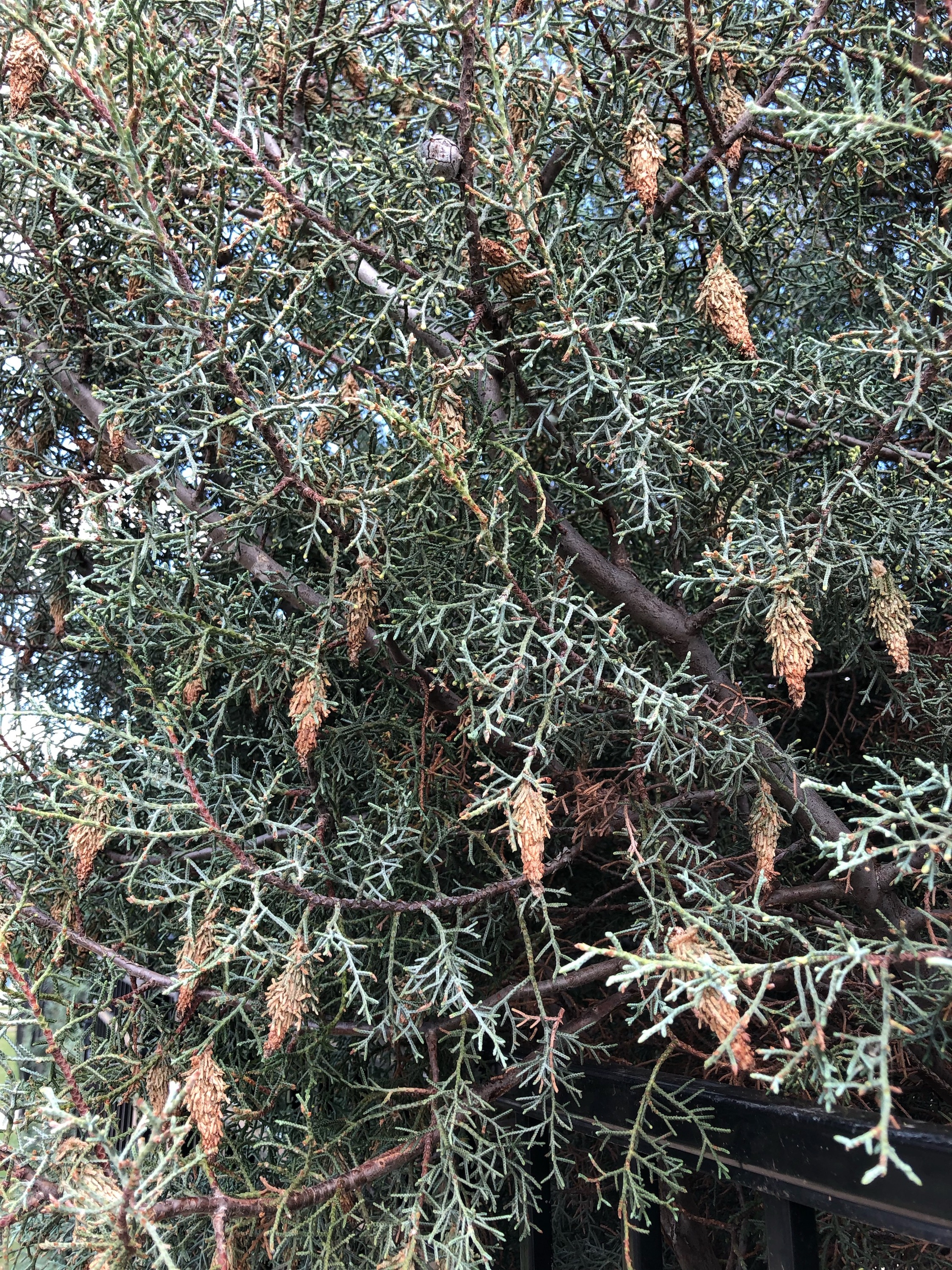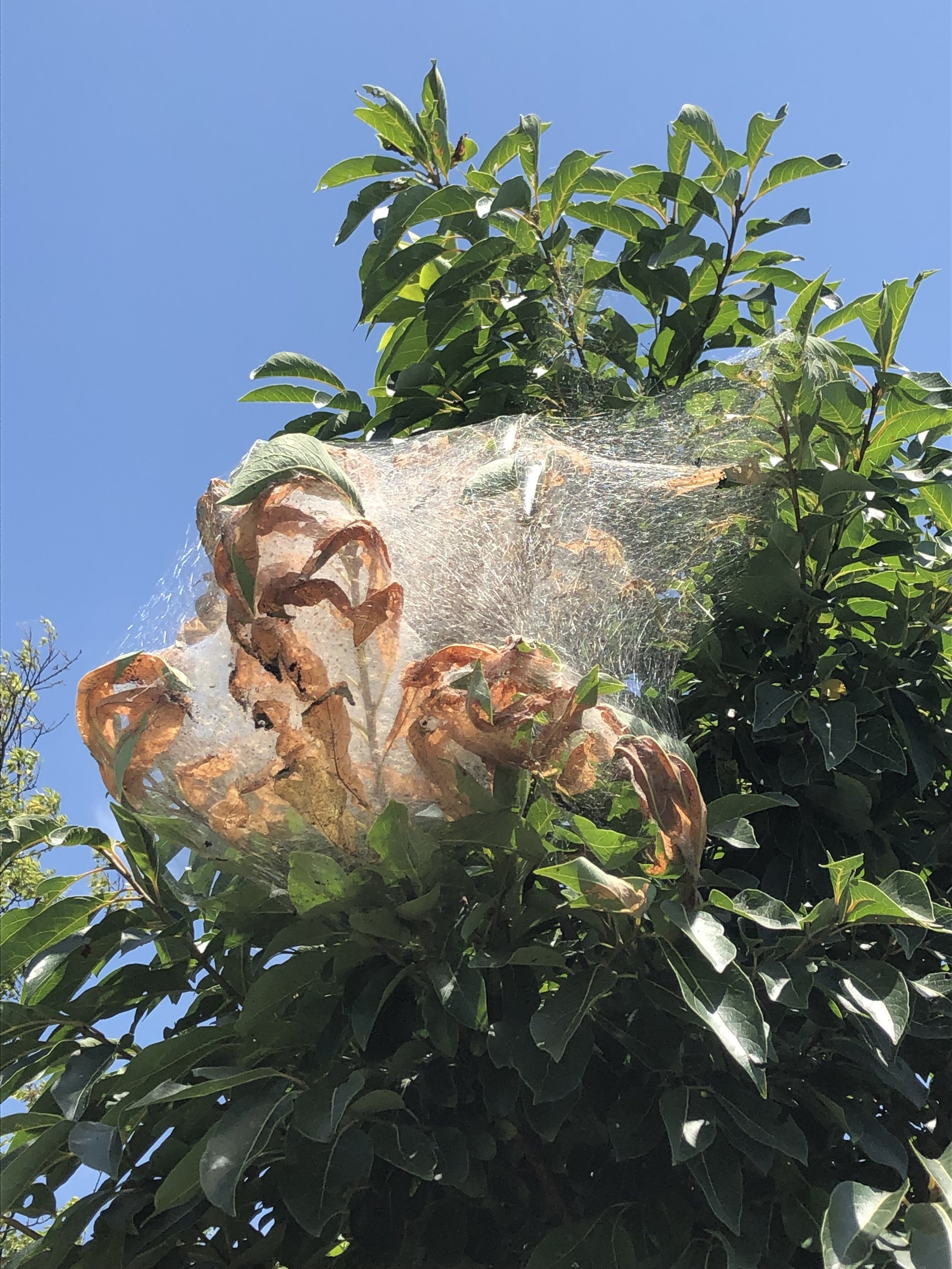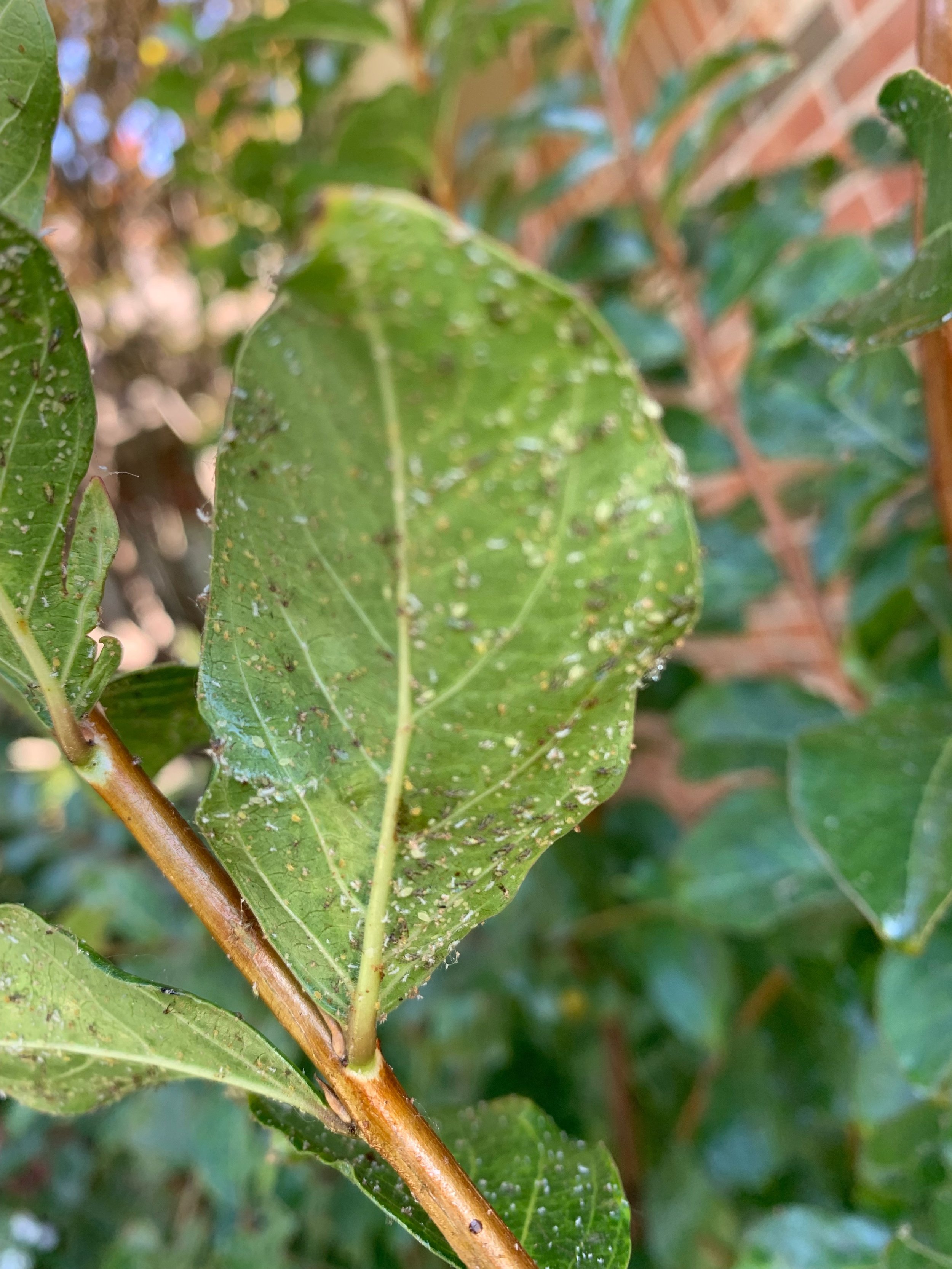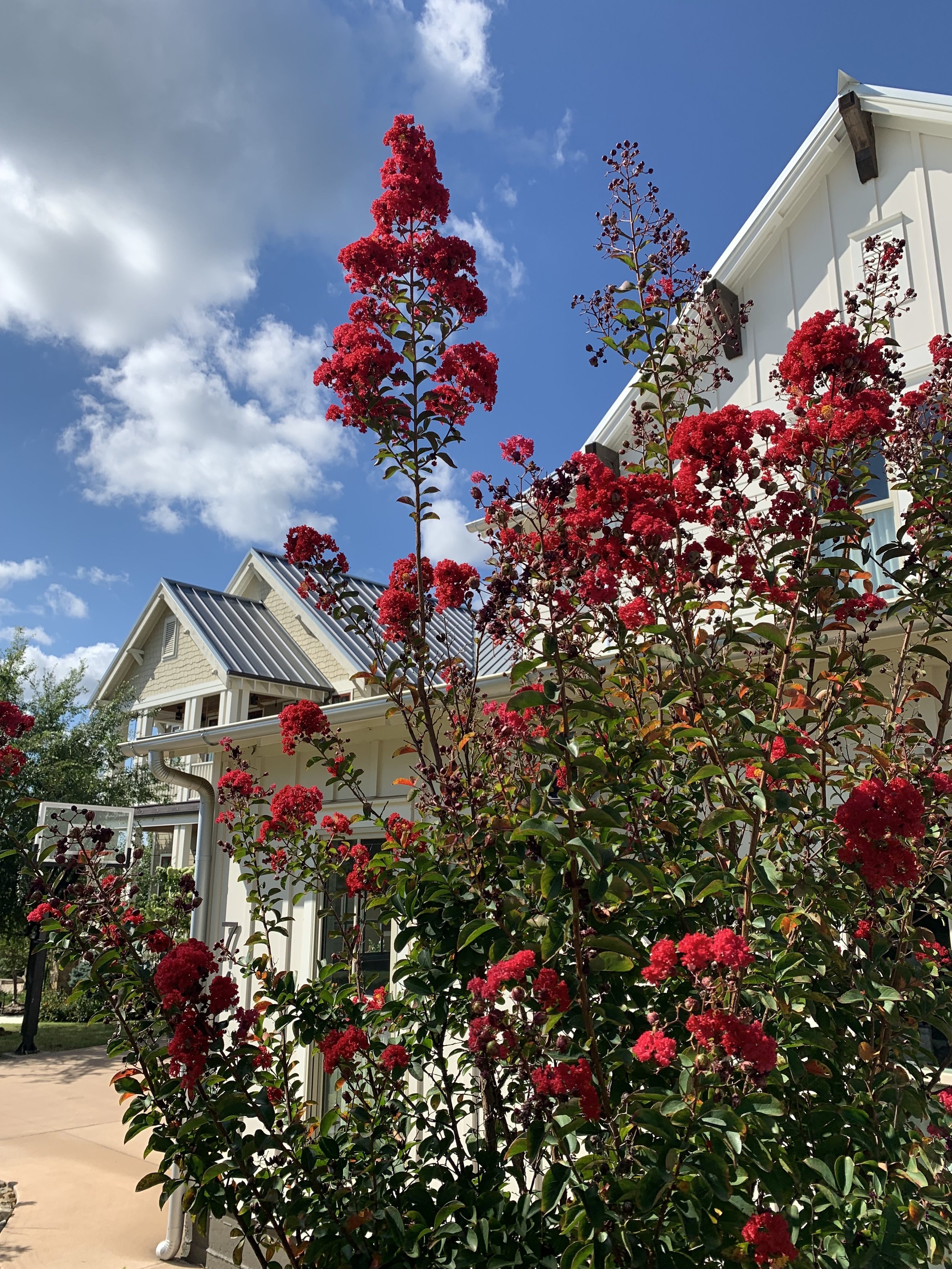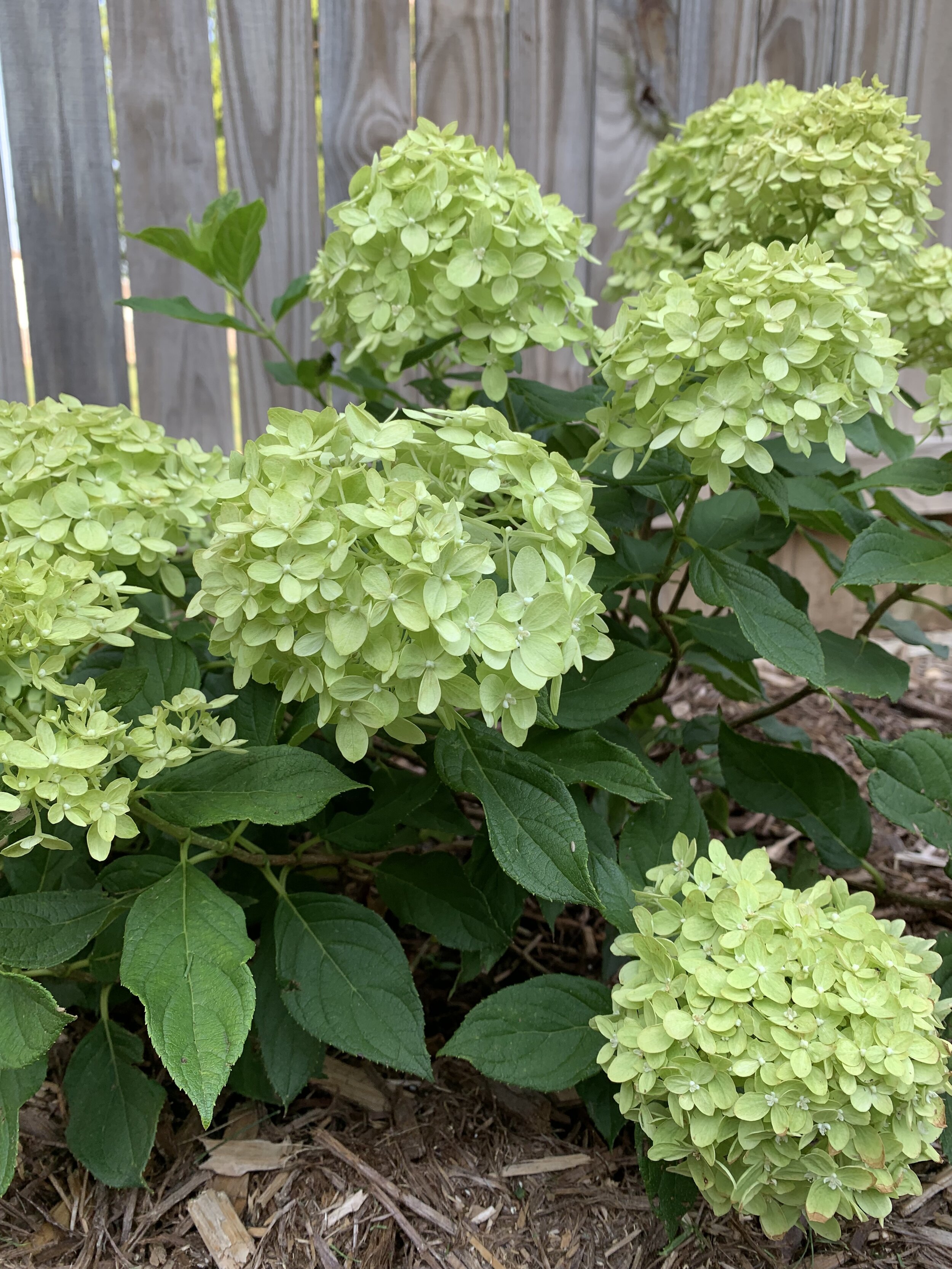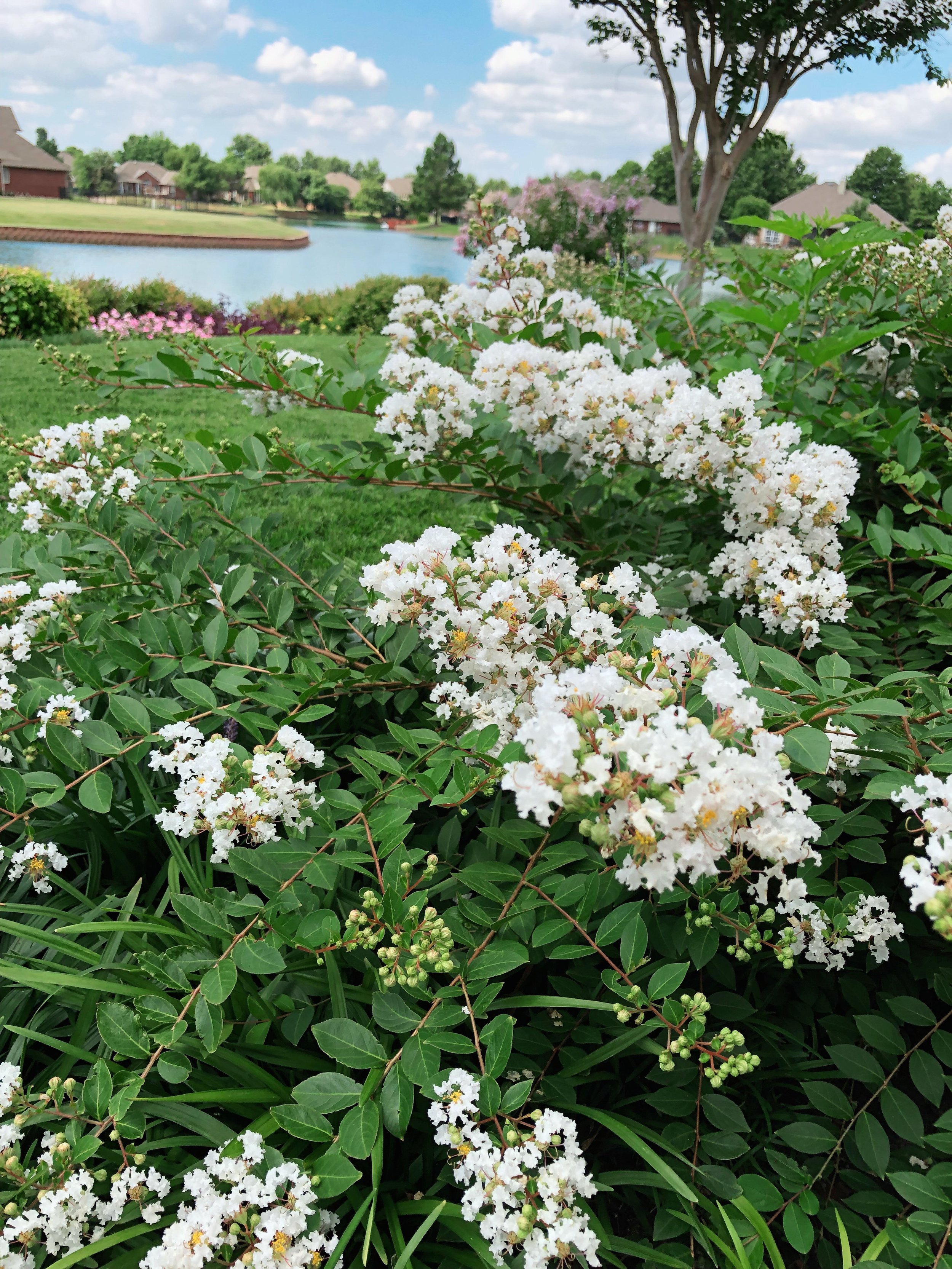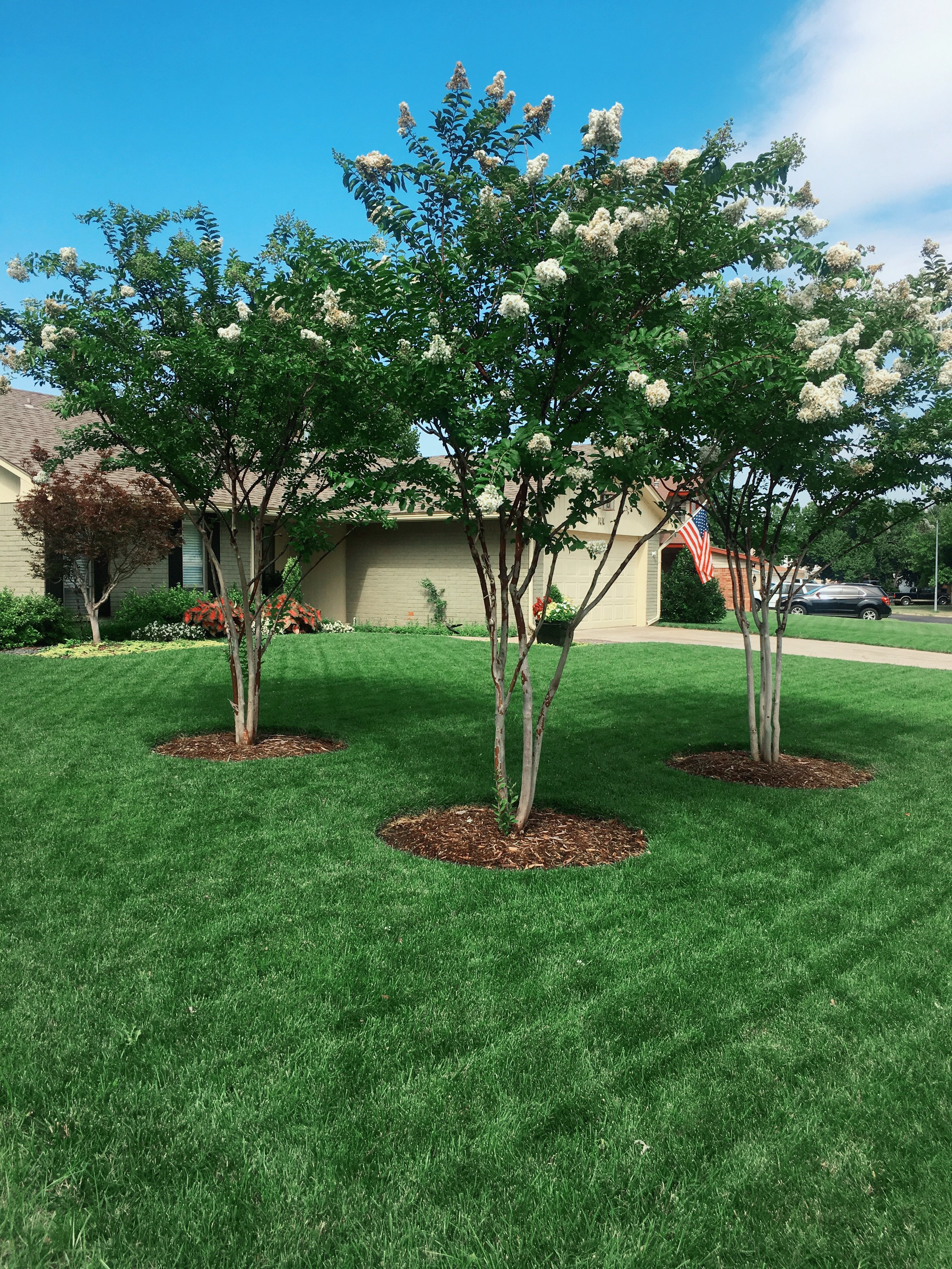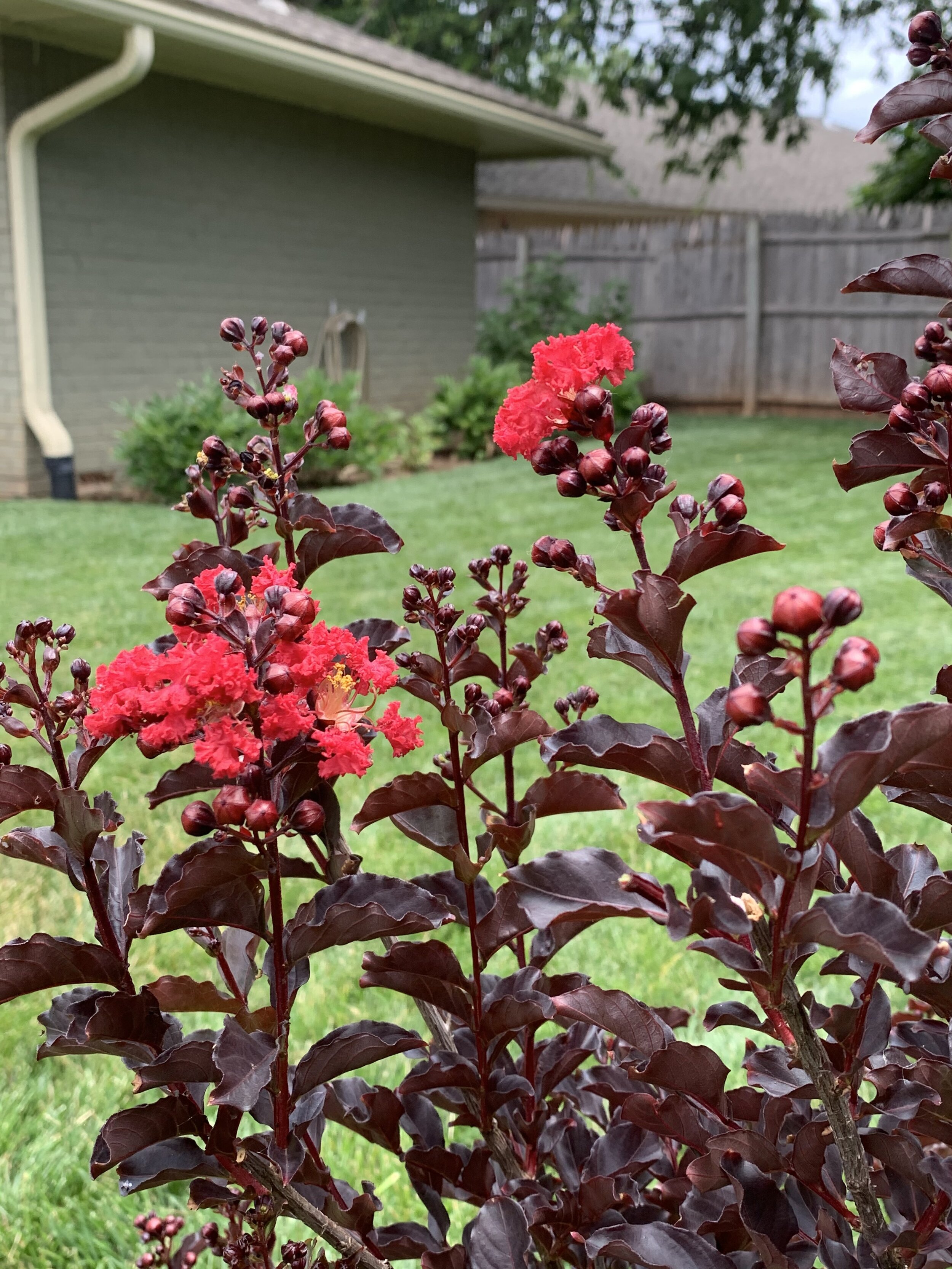August Lawn & Landscape Tips
We have arrived at the hottest, driest point of the season. The last 10 days of July and the first 10 days of August are when Oklahoma City’s average daily temperature reaches its peak.
The key to surviving the hottest period of the season is best practices.
Best practices, not just during times of high stress, but rather it is best practices all the time that make the difference.
To finish the summer strong, here are a few best practices to focus on:
This week I started mowing my fescue lawn one setting higher. More leaf space results in better heat and drought tolerance.
Mowing – Both warm season turf (Bermuda and Zoysia) and cool season turf (Fescue) should be mowed at the highest level this month, warm season 2-2.5” and cool season up to 3-3.5”. At the higher level the lawn will have more leaf space resulting in better heat and drought tolerance. Continue to mow often enough that you are removing only 1/3 of the grass each time you cut. If you are cutting frequently enough to pass the 1/3 test, don’t catch the clippings. Allowing the clippings to decompose on the lawn will return moisture and nitrogen to the soil. Give no bagging a try. You will be surprised at how much more color your lawn will retain even in the heat. When you bag your clippings, you are tossing out nitrogen and moisture your lawn could really use this month.
Best Mowing Practice for August – Mow high, mow often, and don’t bag your clippings.
Bermuda lawns perform their best in the heat. Mow often and don’t bag the clippings. Grass clippings are mostly nitrogen and moisture. Your lawn will thank you for giving them back.
After mulch mowing, use your blower to distribute any noticeable clippings.
Well maintained Bermuda lawns can’t be beat in August. This Bermuda lawn is the result of best practices this summer: well timed lawn care applications, aeration in June, deep infrequent watering, and mulch mowing.
Brown Patch develops in fescue lawns that have an area of low air circulation or heavy shade during the summer if the area stays wet for more than 5 hours at a time. Don't create Brown Patch with your watering practices. Allow your fescue time to dry between waterings.
Healthy lawns have deep root systems. Roots will grow to the moisture. If your watering pattern is short, shallow, frequent watering resulting in moisture only in the top 1-2”, you will have a shallow rooted lawn dependent upon daily water. Deep soaking results in a root system with grass roots 6” to 2’ deep that is not dependent upon frequent watering and is drought resistant.
Remember, trees planted in the last two years need supplemental watering during the summer heat and extended dry periods. A good rule of thumb is to give them 10 gallons of water every week.
Best Watering Practice for August – Know how long you need to water to get 1 ½” water on your lawn each week. Practice deep soaking, infrequent watering.
Watering – The abundant soil moisture from the wet July start has quickly disappeared over the past week. The best-looking lawns and landscapes are now receiving 1 ½” of water per week now.
To learn how long and how often you need to water for your landscape to receive 1 ½” of moisture, place your Hall | Stewart Rain Gauge or cans around your lawn. Water using your normal cycle and then check the cups. Adjust watering times and frequency accordingly to insure 1 ½” is applied each week. Remember your landscape prefers deep soaking, infrequent watering over shallow, frequent watering. Even in the heat, lawns and landscapes are at their best when they are watered deeply as needed and not every day.
Take time to check your irrigation and fine tune it. A leaning head often is the culprit for dry spots in the lawn.
If you are unsure about your watering practices, let us help.
We can schedule an Irrigation Audit/Check to make sure your system
is operating at its peak efficiency during the summer heat.
Fertilizer – Apply fertilizer to warm season turf this month. This time of the year, Bermuda and Zoysia benefit from a high nitrogen fertilizer that is low in phosphorus and potassium.
DO NOT fertilize cool season lawns until we reach the cooler temperatures of September.
Warm and cool season turfs require different fertilizer schedules. Don’t make the mistake of trying to treat them the same when it comes to fertilizing.
Best Fertilizer Practice for August – Fertilize bermudagrass, don’t fertilize fescue. Important - Follow watering instructions after fertilizer is applied.
August is the month to be less aggressive on weed control. Because a thick turf is the most important part of good weed control, you want to avoid weakening the turf going into the fall.
Weed Control – Spring pre-emergent herbicides are reaching the end of their effectiveness in your soils. Should an occasional weed show up in your turf this month, it is best to go easy on weed control. We have reached the time of the year that damaged turf may not have a chance to fully recover before fall. Great weed control is at least 75% the result of thick turf. August is the month to focus on turf development going into the fall.
Later this month is the best time to start applying the first fall pre-emergent herbicide application. The first fall weed to germinate is poa annua (annual bluegrass). Poa annua has become more and more of a problem to control in lawns worldwide as it has developed resistance to current herbicide chemistry. For the best prevention, it is important to put a pre-emergent on your lawn between mid-August and the end of September followed by a second pre-emergent, using a different herbicide, in October or November.
Best Weed Control Practice for August – Don’t cause turf damage by over-treating weeds. Better to go into the fall with a thick turf than one with herbicide damaged thin areas.
Bermuda vs Fescue in August – Bermuda (warm season turf) loves the summer heat. Fescue (cool season turf) prefers nights below 70 and days below 90. Healthy bermuda lawns look their best in the heat of the summer. Healthy fescue will retain color, although not as much as in early summer, and growth will slow.
Fescue where there is plenty of air circulation and dabbled sunlight typically looks best in the warm weather. Fescue lawns with heavy shade and little air circulation tend to think from brown patch disease. Brown patch occurs in fescue lawns anytime the grass stays wet for 5 hours or more at a time and nighttime temperatures are in the 70s. During the hottest and driest time of the season, brown patch is often self-inflicted by watering your fescue in the morning and evening, a common by incorrect watering habit on fescue lawns in July and August.
Inspect Shady Lawn Areas - September through October is the best time of the year to establish fescue. Now is the time to assess the areas of the lawn where bermuda has become thin due to increasing shade (Bermuda needs at least 6 hours of direct sunlight to be thick), areas of the lawn where fescue did not perform well because of very dense shade (Fescue needs at least some dappled sun), and areas of fescue that have been damaged by brown patch this summer. Because fescue does not spread you should plan on adding some seed every fall.
Best Fescue Lawn Practice for August – Inspect and evaluate your turf. Check shade patterns and make a plan for overseeding low light areas with fescue this fall.
Need Help Evaluating Your Shady Areas?
We would be happy to evaluate your shade and make a recommendation.
Just give us a call at (405)367-3873 or respond to this email.
Insect Watch – If grubs have been a problem in your lawn, August is the time to apply an insecticide. Remember, the insecticide will kill desirable insects also. Only treat for grubs if there is evidence of a problem.
Continue to inspect shrubs for aphids and treat as needed. A common host plant is the Crape Myrtle.
Inspect your trees and shrubs for active bagworms. If you need help controlling bagworms, give us a call. When possible, remove and throw away bagworms. Don’t toss them on the ground because they will crawl back onto your plants.
Watch for webworms in your trees this month. The later generations of webworm are the ones that cause damage. If noticed early when the webbing is small, simply cutting the branch out is the best control. If spraying is required, you must penetrate the webbing to gain control.
Best Insect Control Practice for August – Spend a few minutes inspecting your lawn and landscape for insect activity. Treat as needed.
A common problem on Hackberry trees in the summer is nipple gall. Unfortunately little can be done to control gall-making insects.
When you remove bagworms please dispose of them. This little guy is slowly climbing back up a tree to do more destruction.
This summer’s Crape Myrtle colors have been brilliant.
How is your summer color doing? This year my planting of Joseph Coat, Sunpatiens, Lantana, and Penta has put on a great show.
Limelight Hydrangeas can’t be beat for colorful summer shrub. This is a ‘Little Lime’ and is great for smaller areas.
Landscape Color – How has the color been in your landscape this season? Sometime this month take pictures and make notes of the plants that are doing the best in your landscape.
Black-eyed Susan’s are the perfect perennial to add color to the landscape during July and August.
Crape Myrtles are loving the warm days and rewarding us with abundant summer color this year.
Limelight Hydrangeas continue to brighten the landscape even on the hottest of days.
Lantana, Penta, and Periwinkle are at their best now.
What is adding great color to your landscape right now? We want to know. Send pictures please.
Lantana is one of the best heat-loving annuals and with so many varieties, there is a right one for every landscape.
Angelonia is becoming a favorite summer annual. It has profile spikes of color and is available in white and shades of pinks and purples.
Crape Myrtle and Black-eyed Susan’s are a great color combination for late summer color.
Coleus is a great summer annual with big colorful leaves that at interest to the summer landscape.
Black-eyed Susan’s add a splash of bright color to the hot summer landscape.
Lantana is one of the best annual color plants for a summer filled with above average temperatures.
Shasta Daisies are nearing the end of their summer color show.
The best perennial plantings are the ones that have something blooming spring to fall. I challenge you to find another perennial that puts on a better color show in August than Black-eyed Susans.
Keep faded blooms pruned off and you will extend their bloom time a few more weeks.
August is a great time to evaluate your summer annual color and make notes on what worked and what didn’t. This planting of Sunpatien, Begonia, Penta, Joseph Coat, and Melampodium started the summer looking great. But over the last few weeks the Melampodium has over powered the rest of the color. Note: “If using Melampodium plant it in the back.”
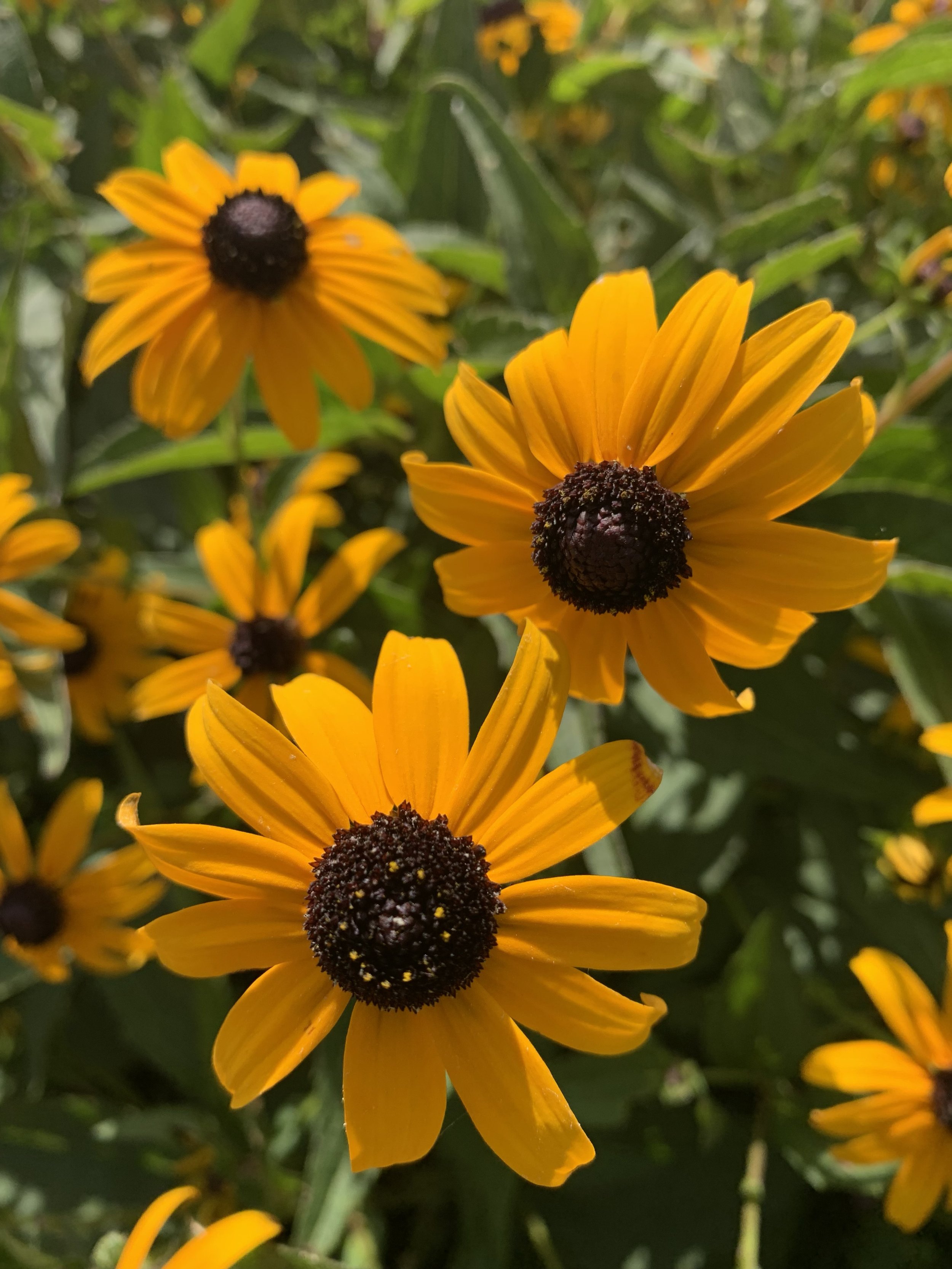
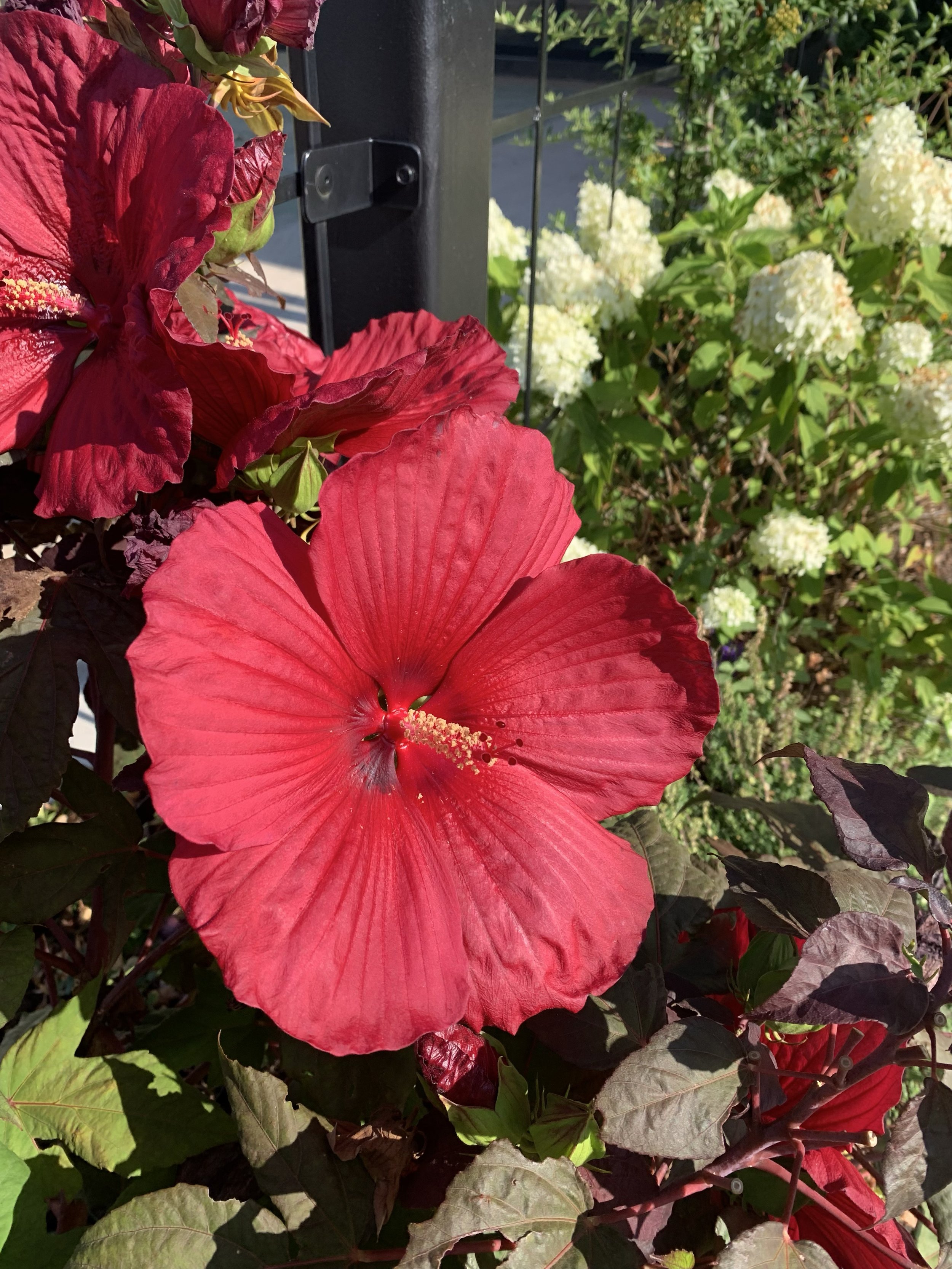
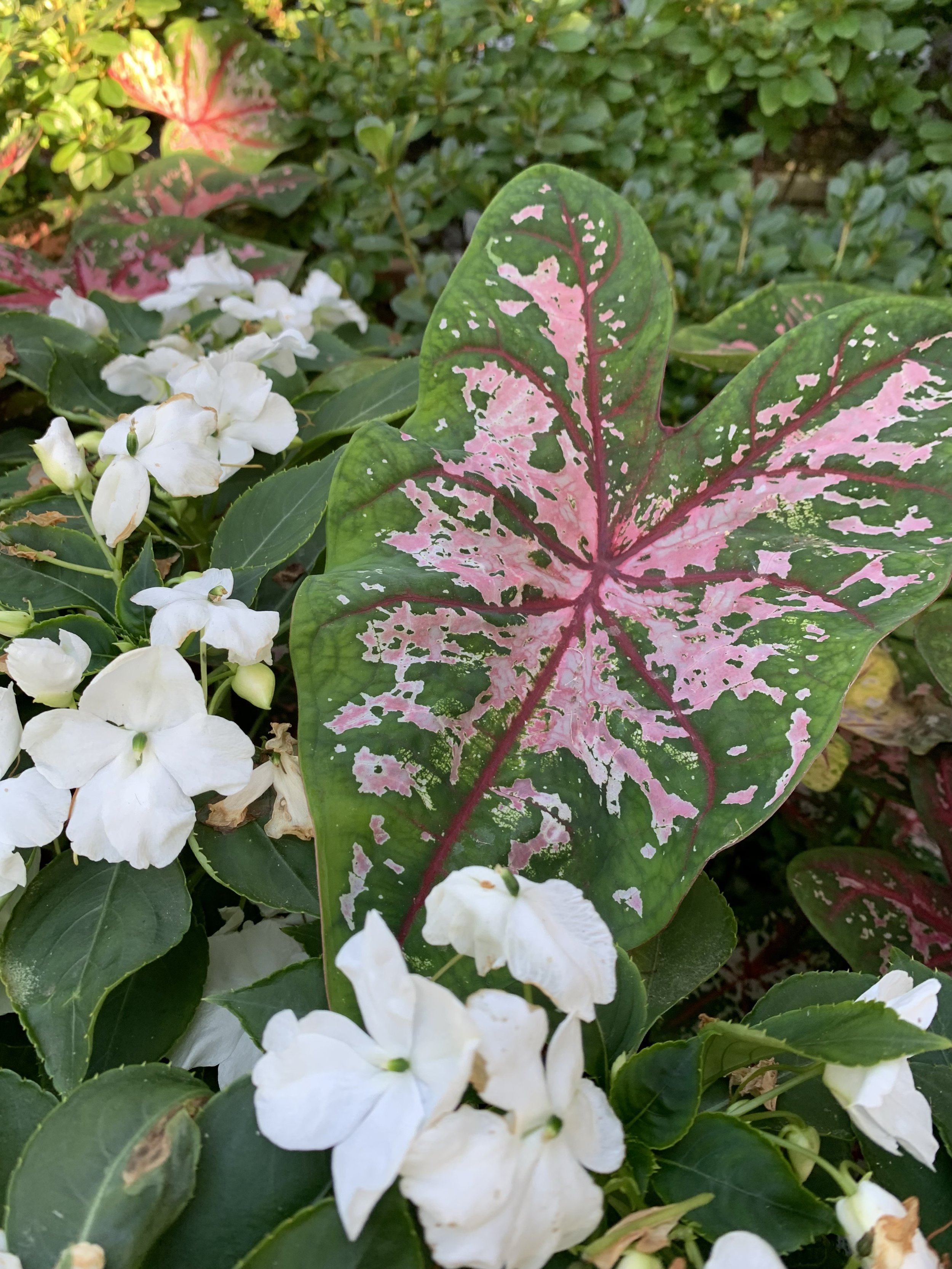
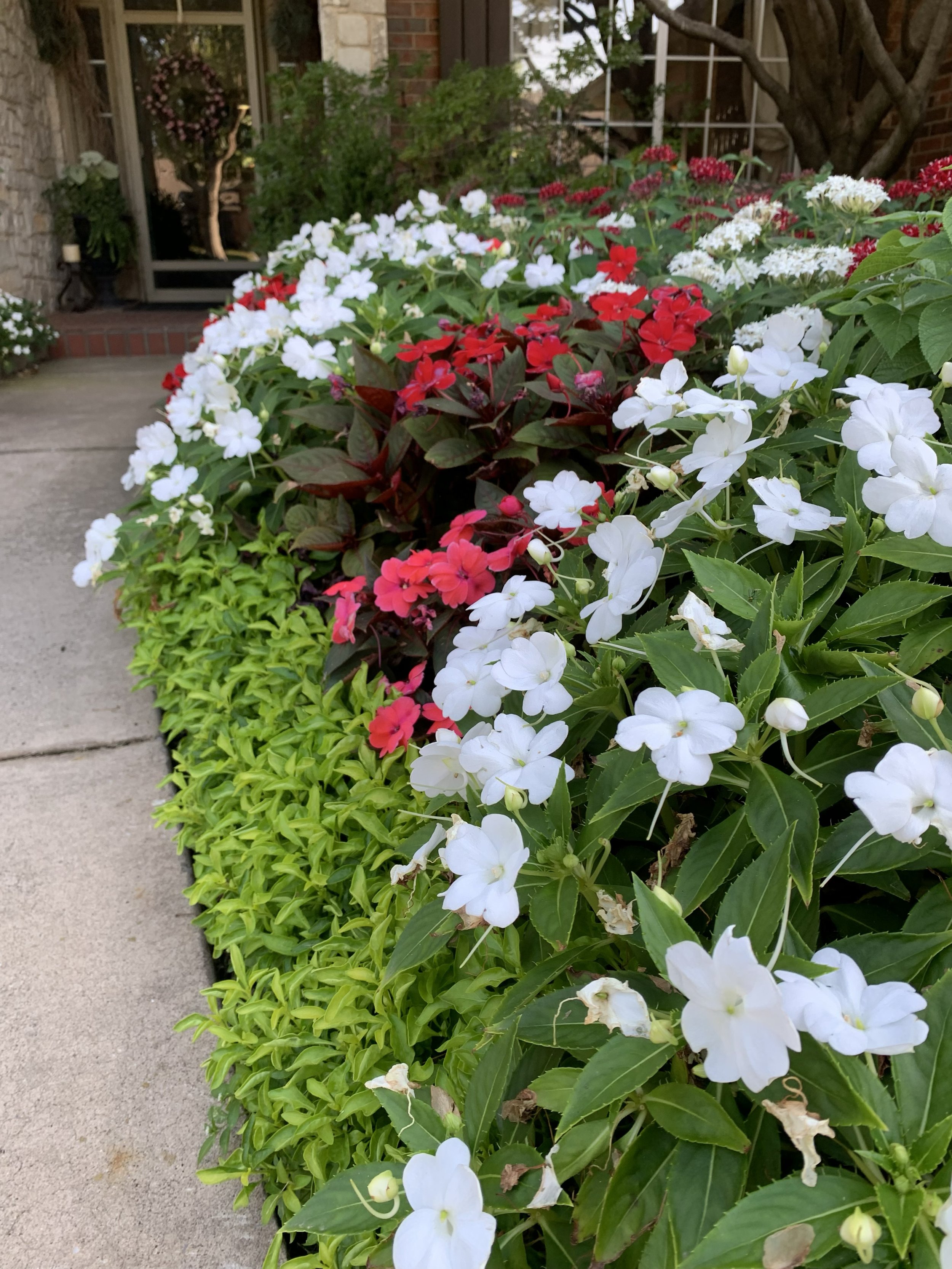
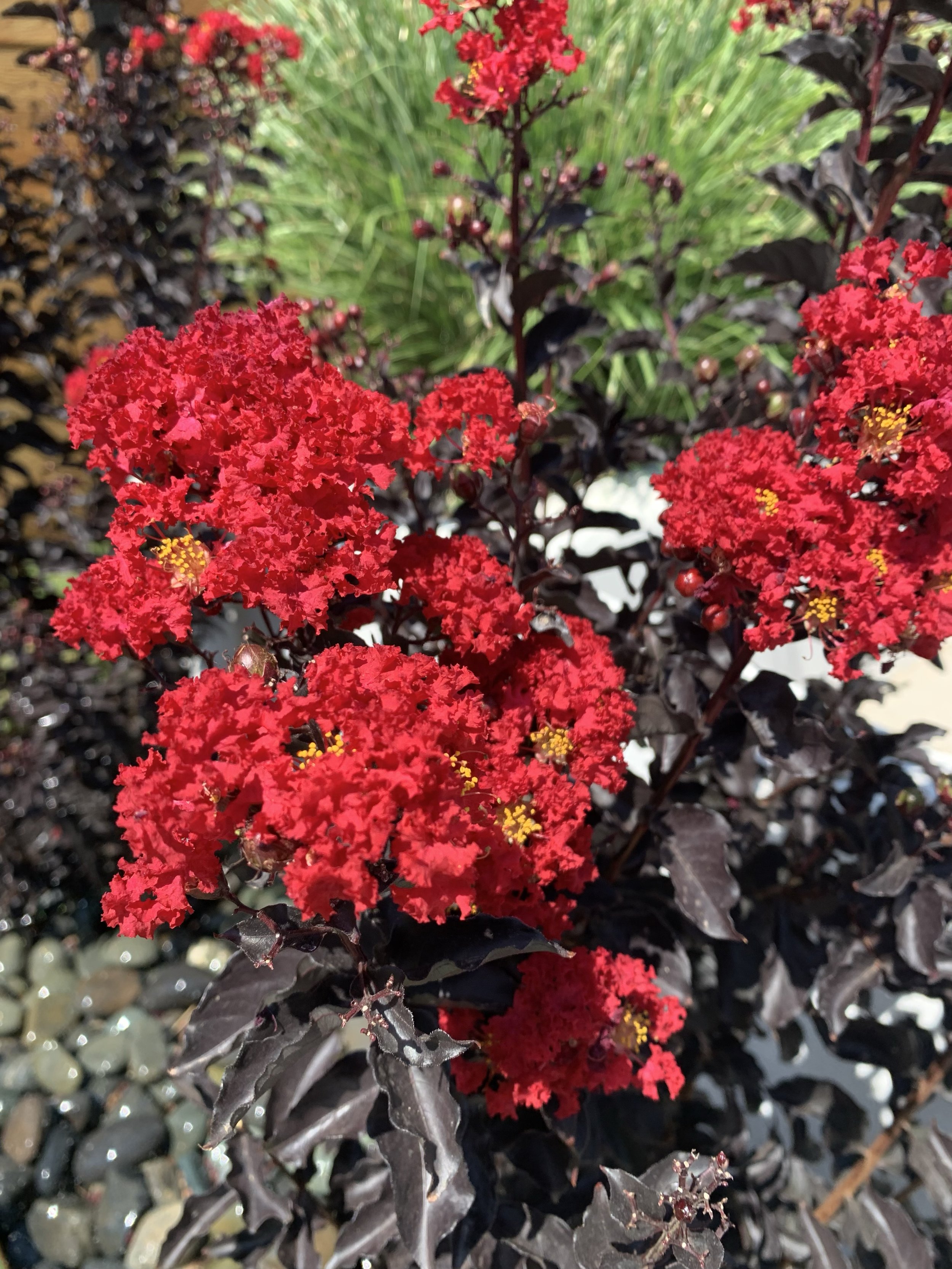
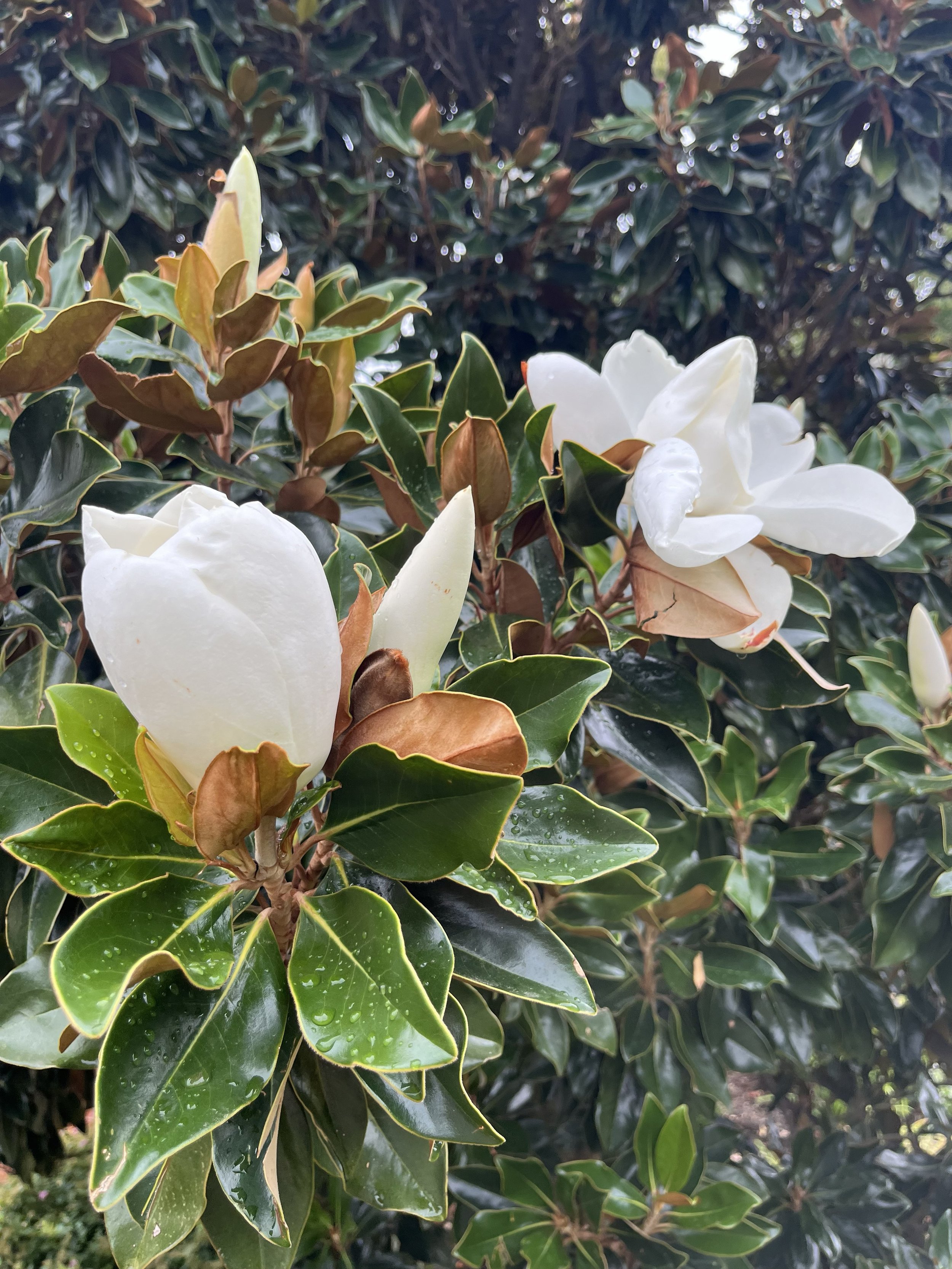
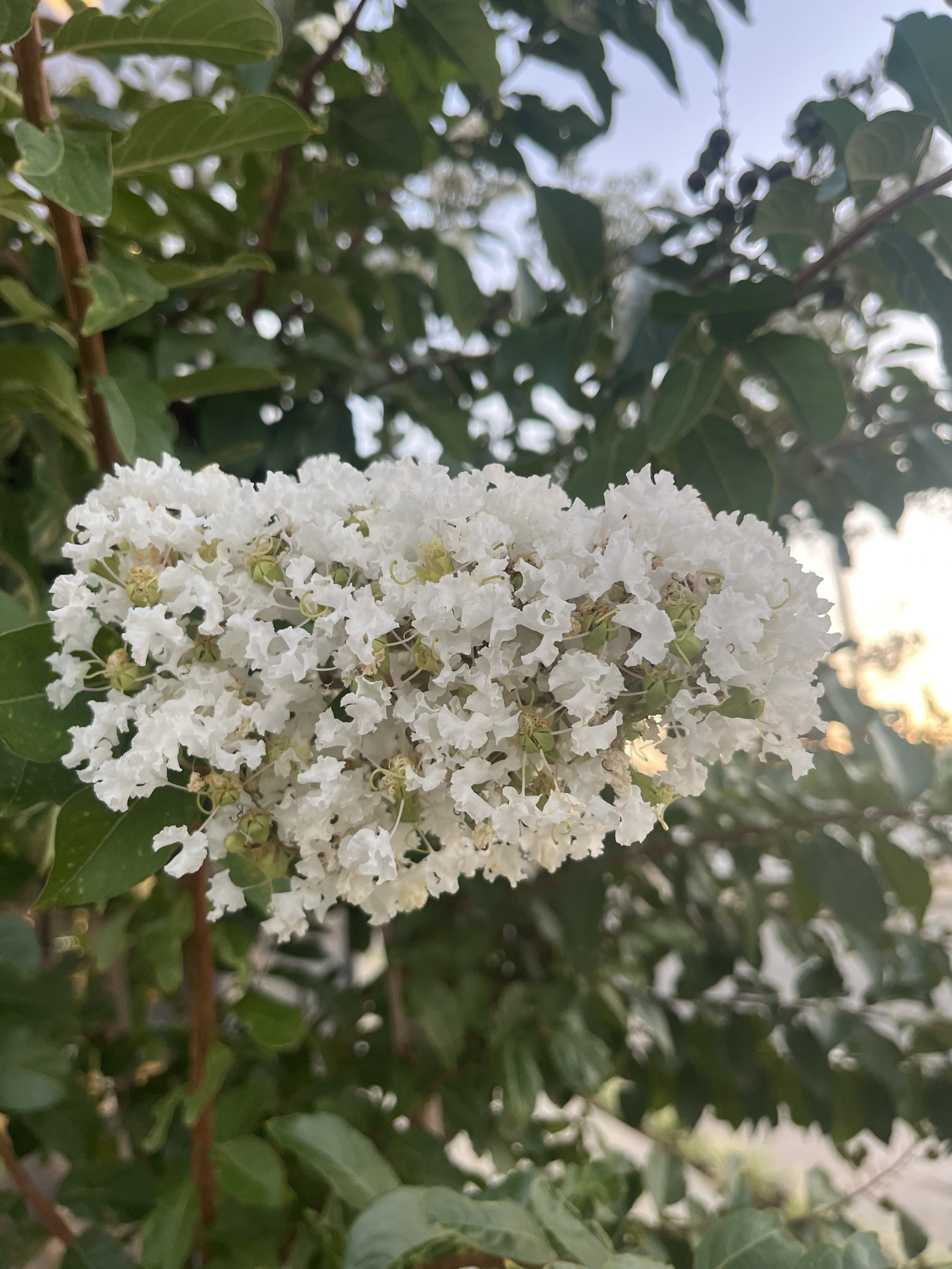
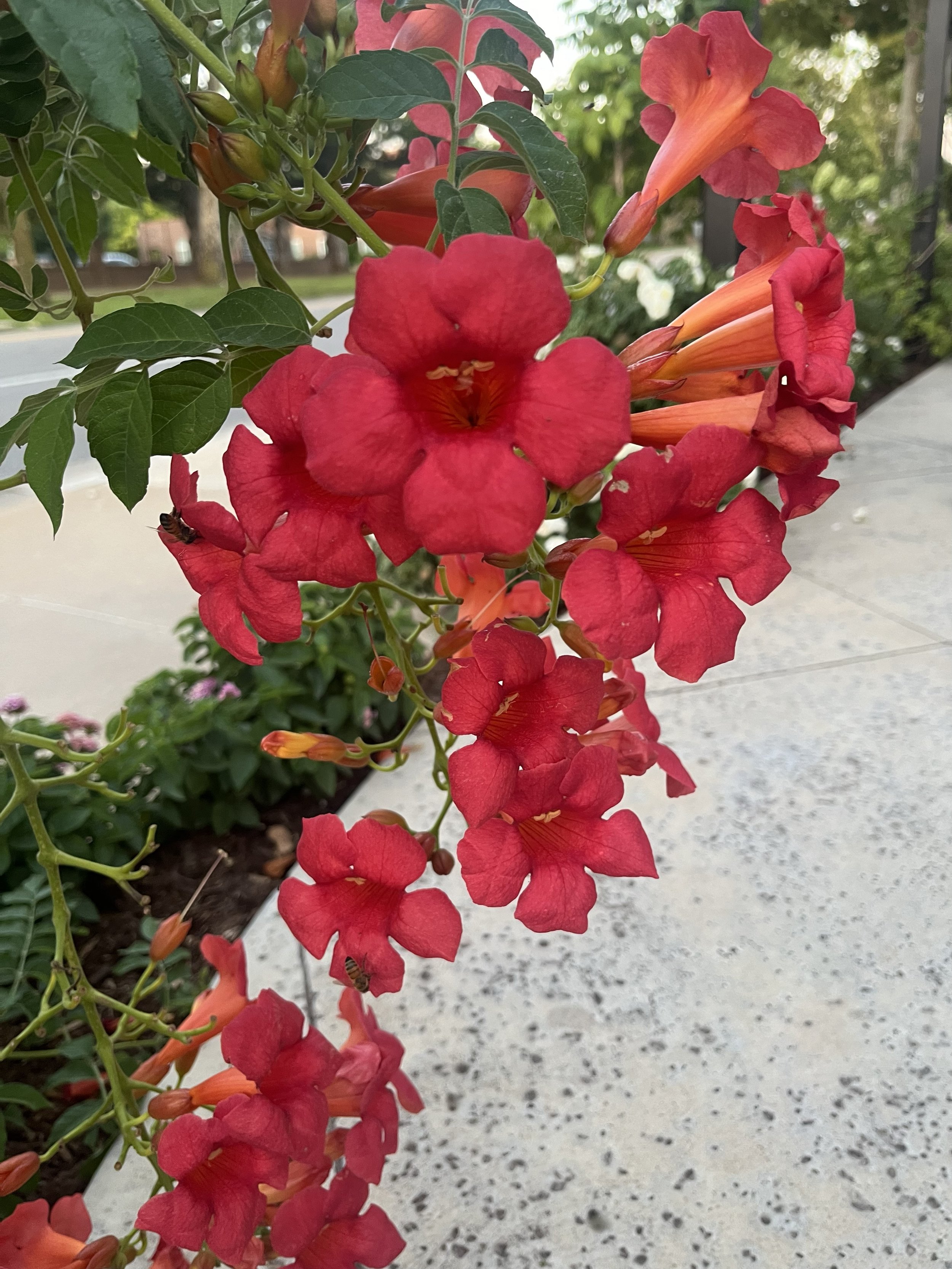
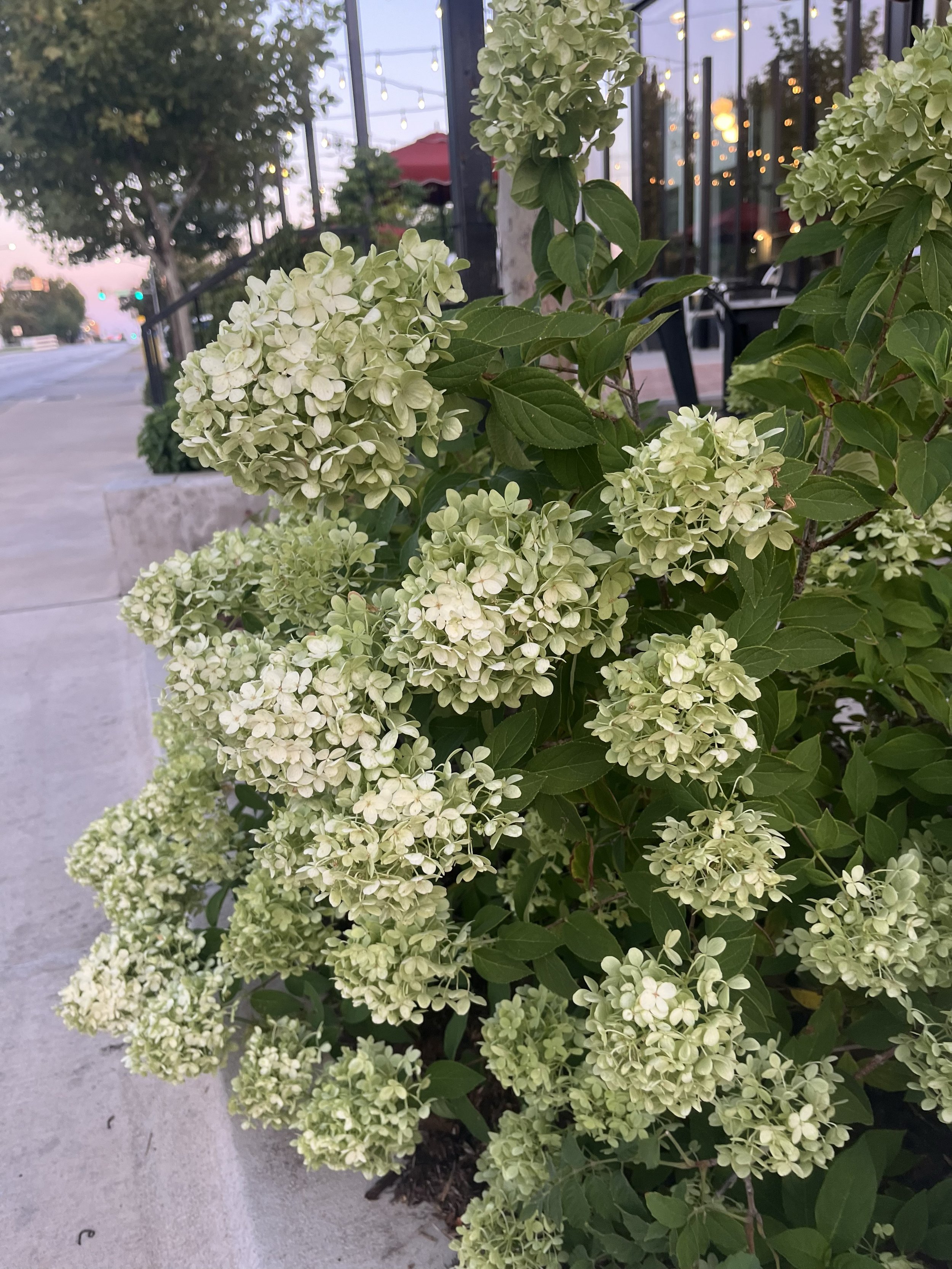
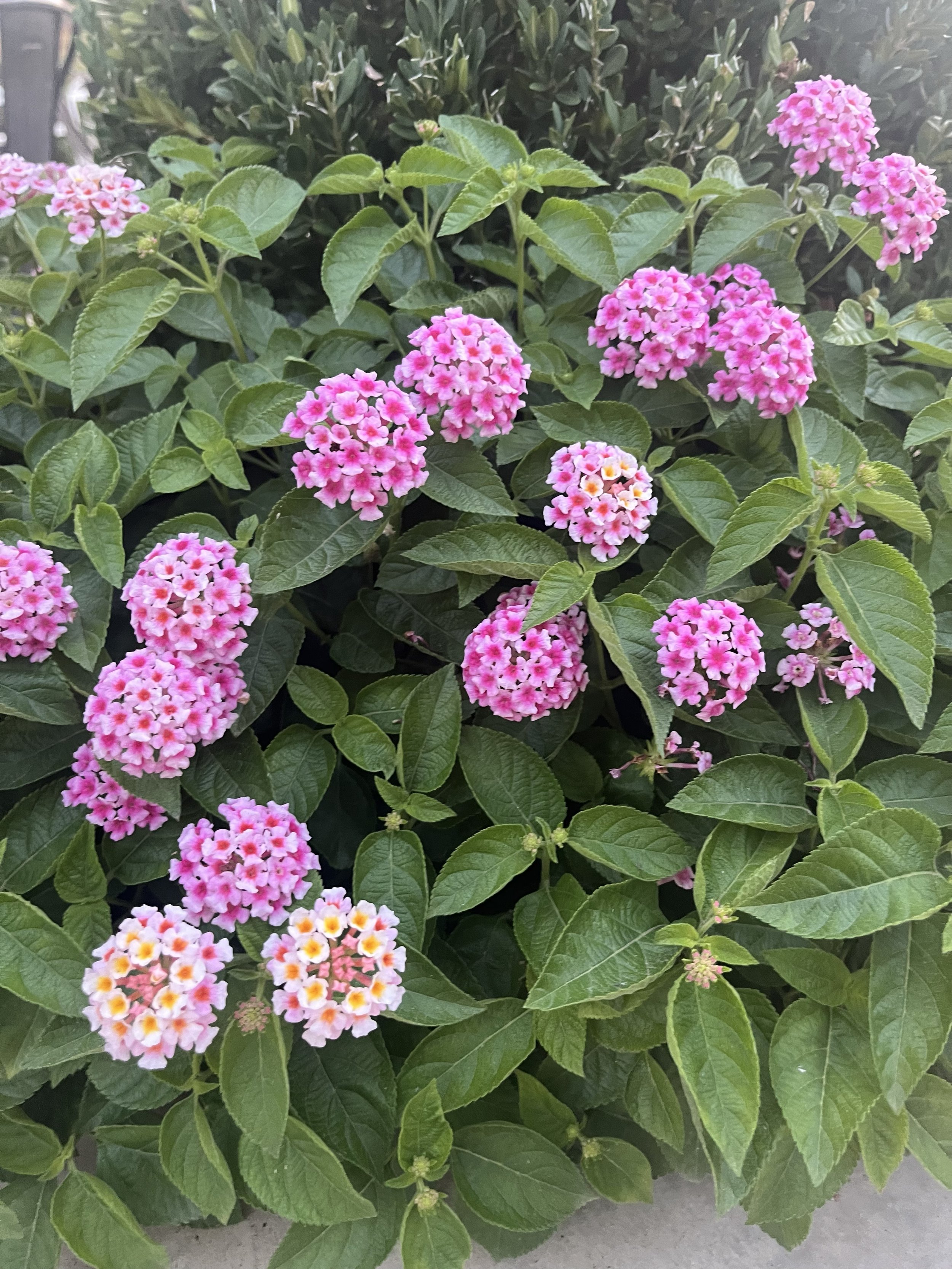
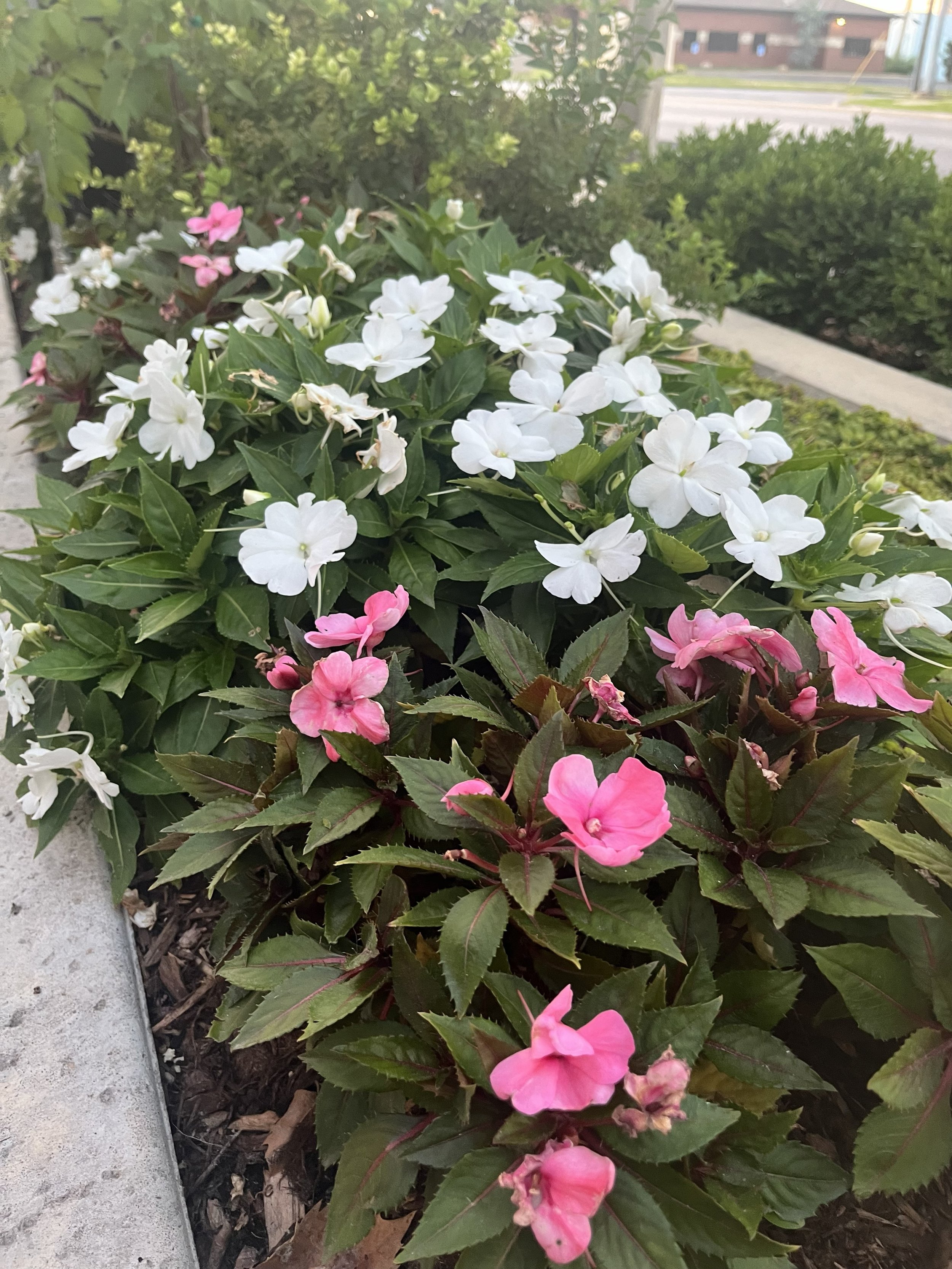
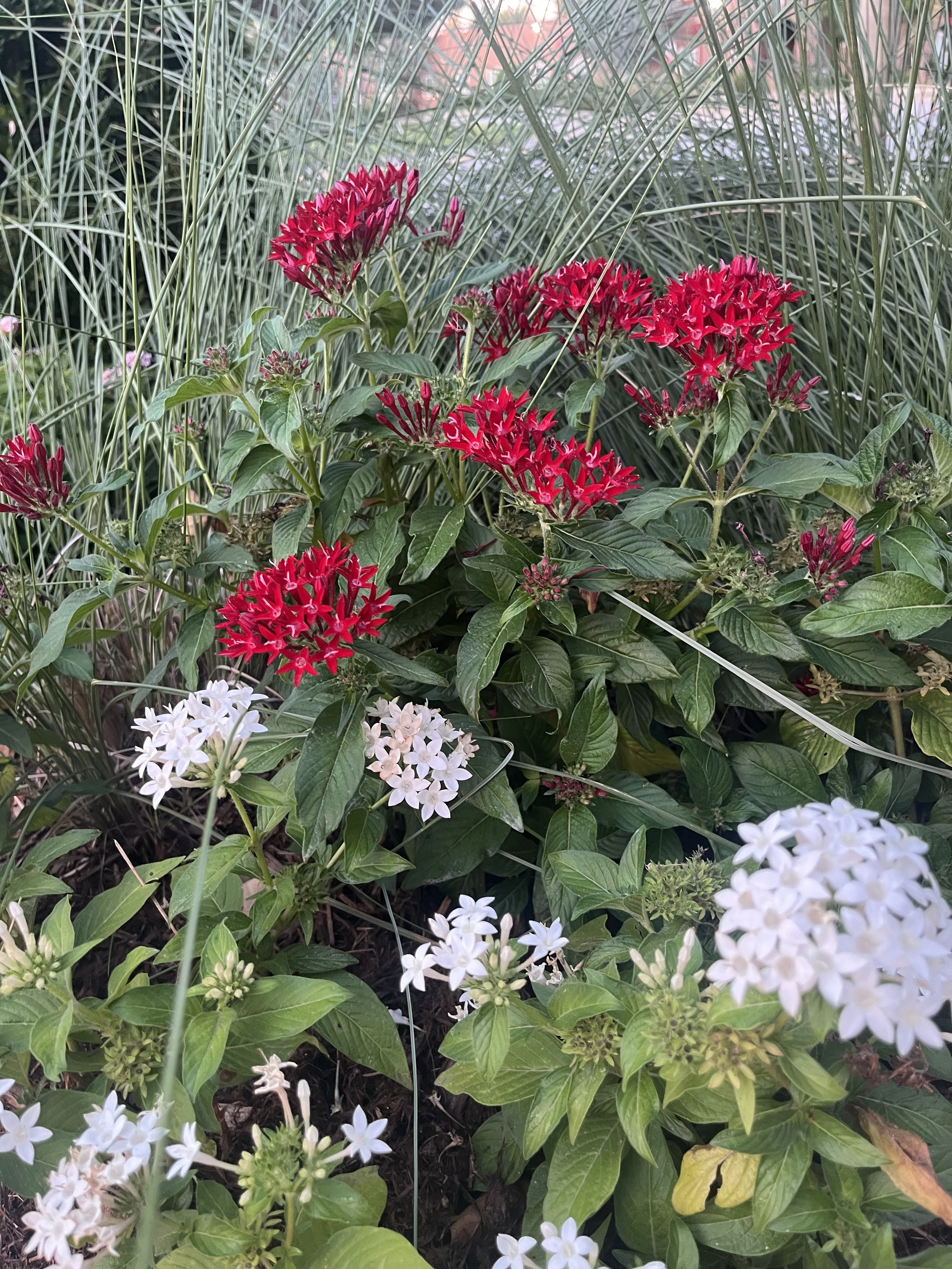
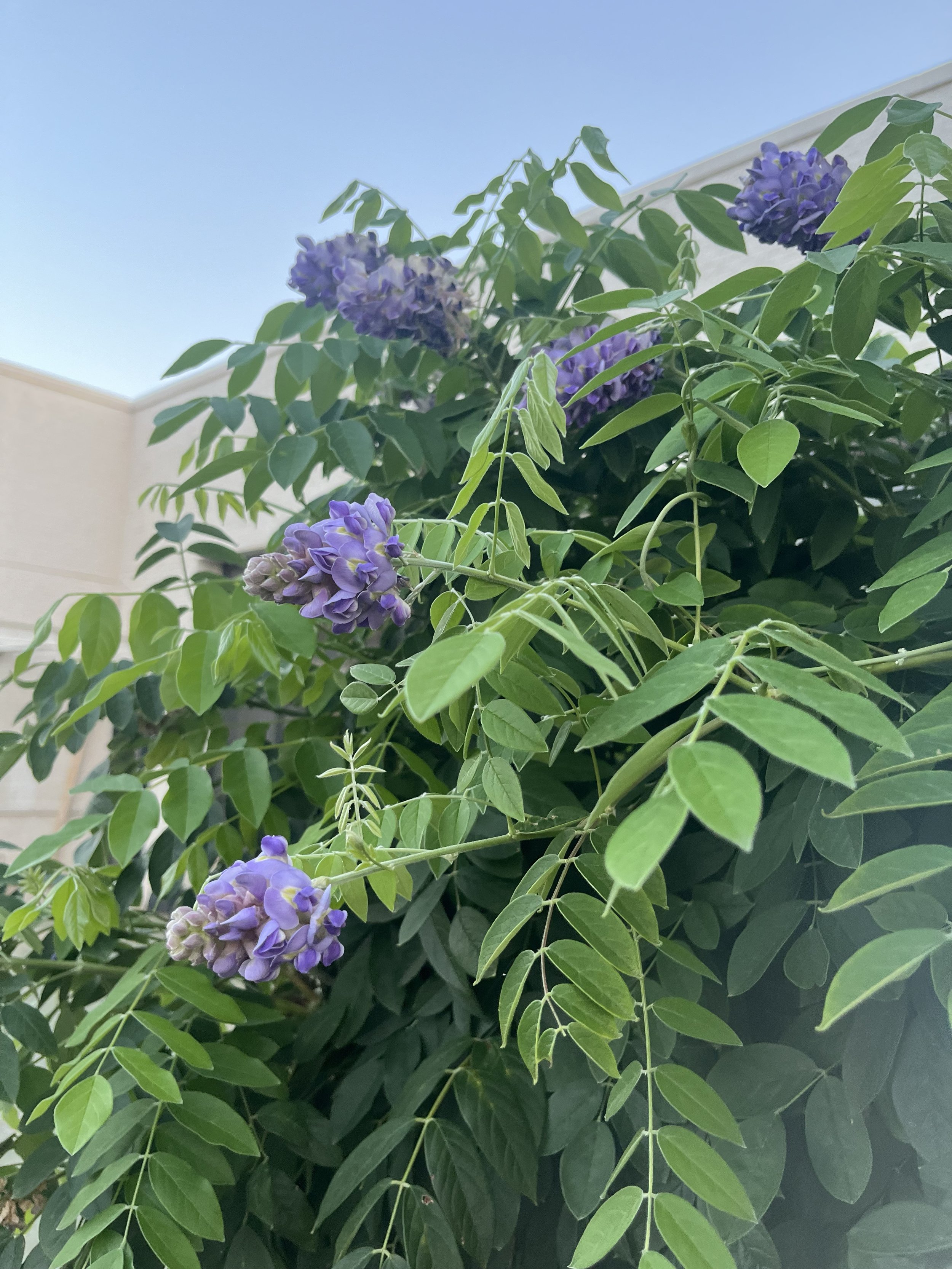

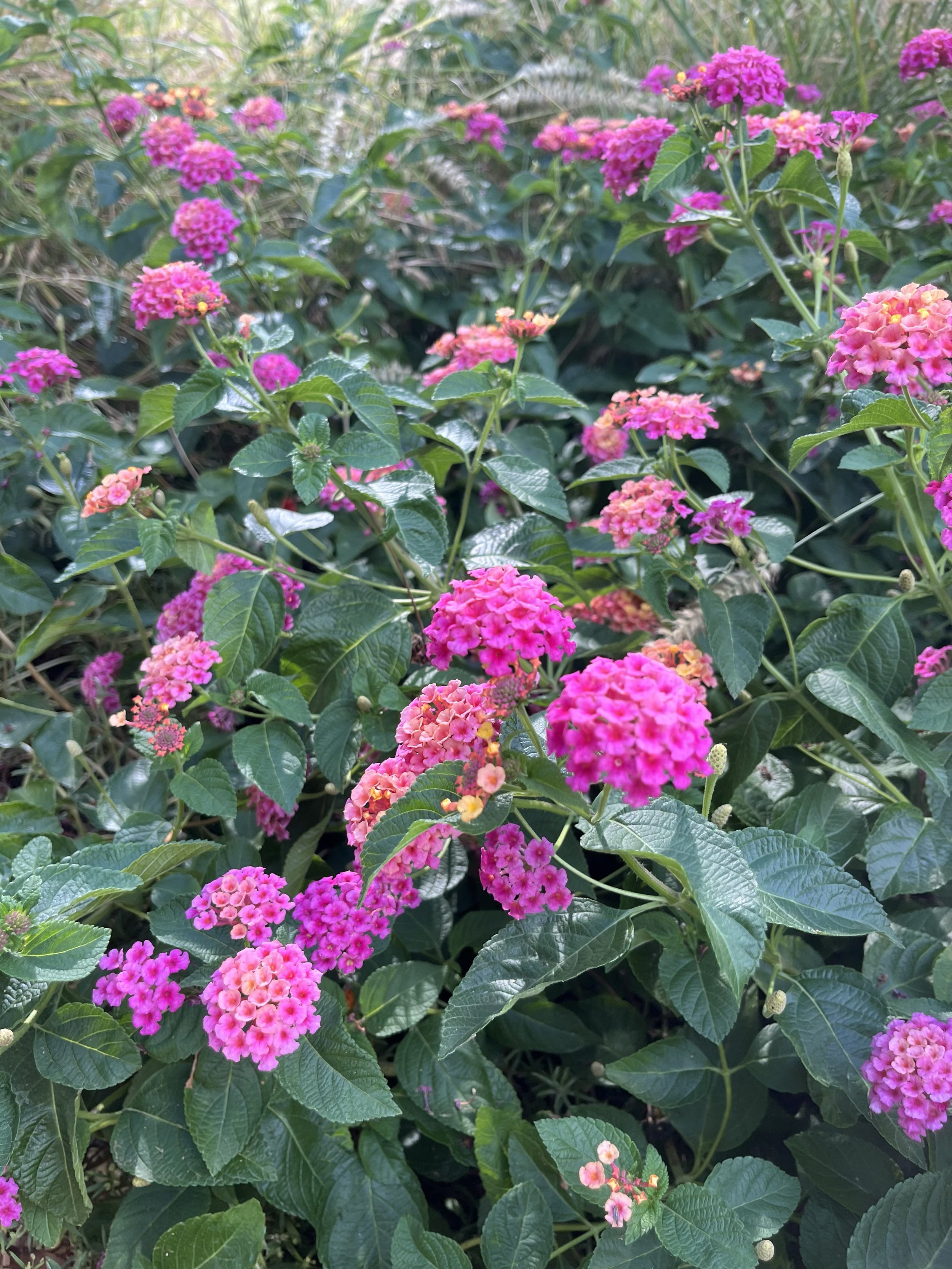

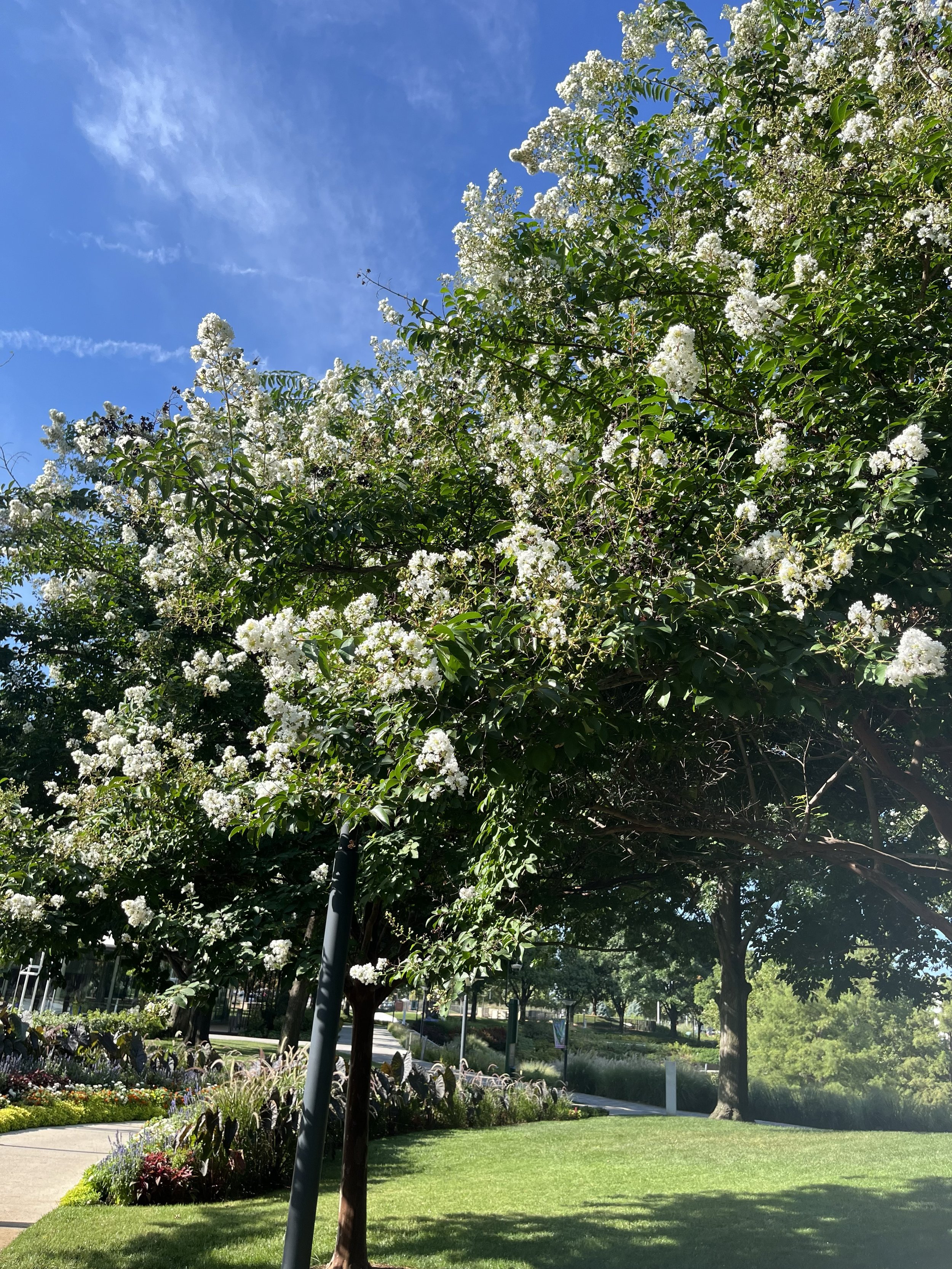
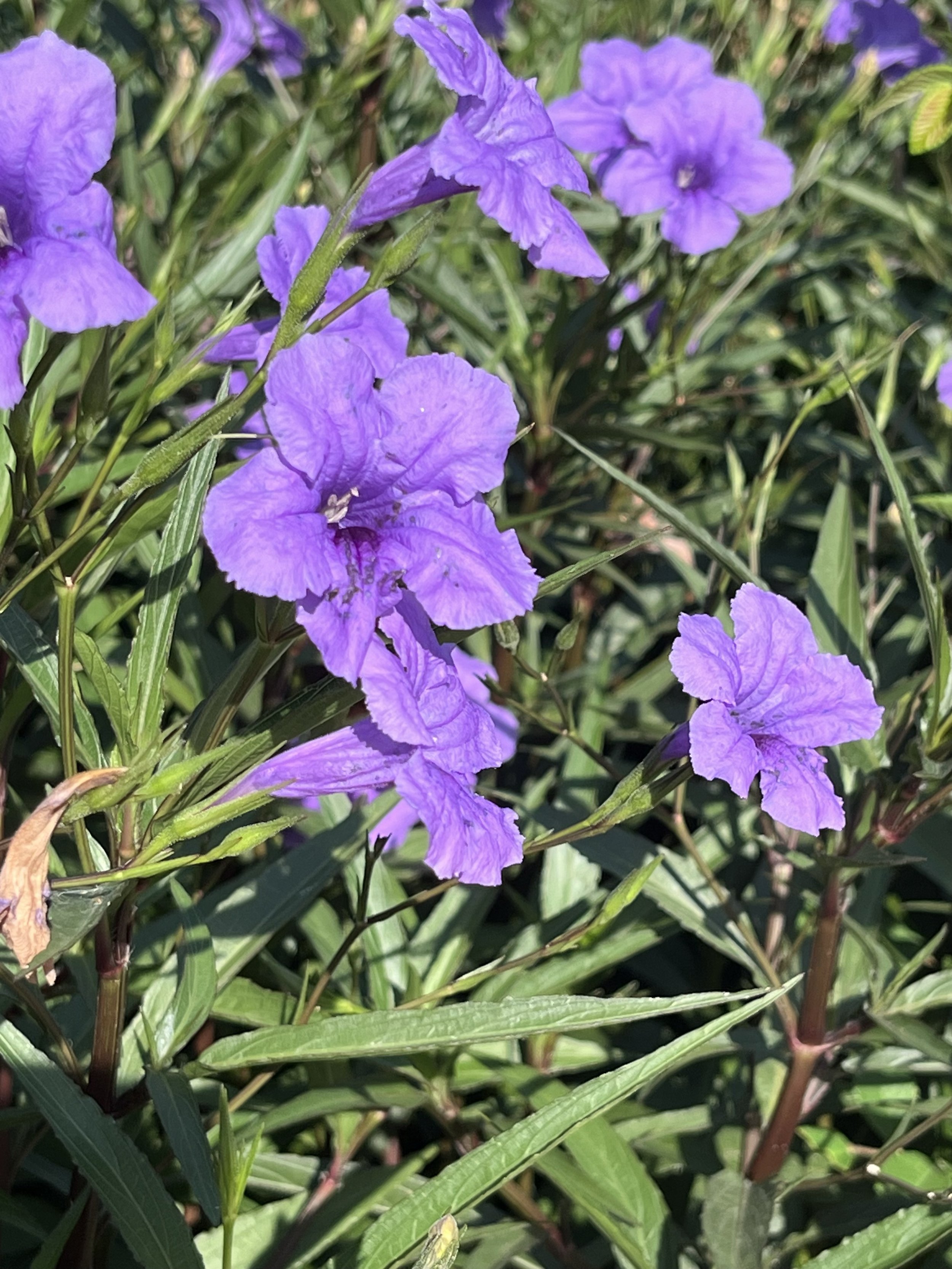
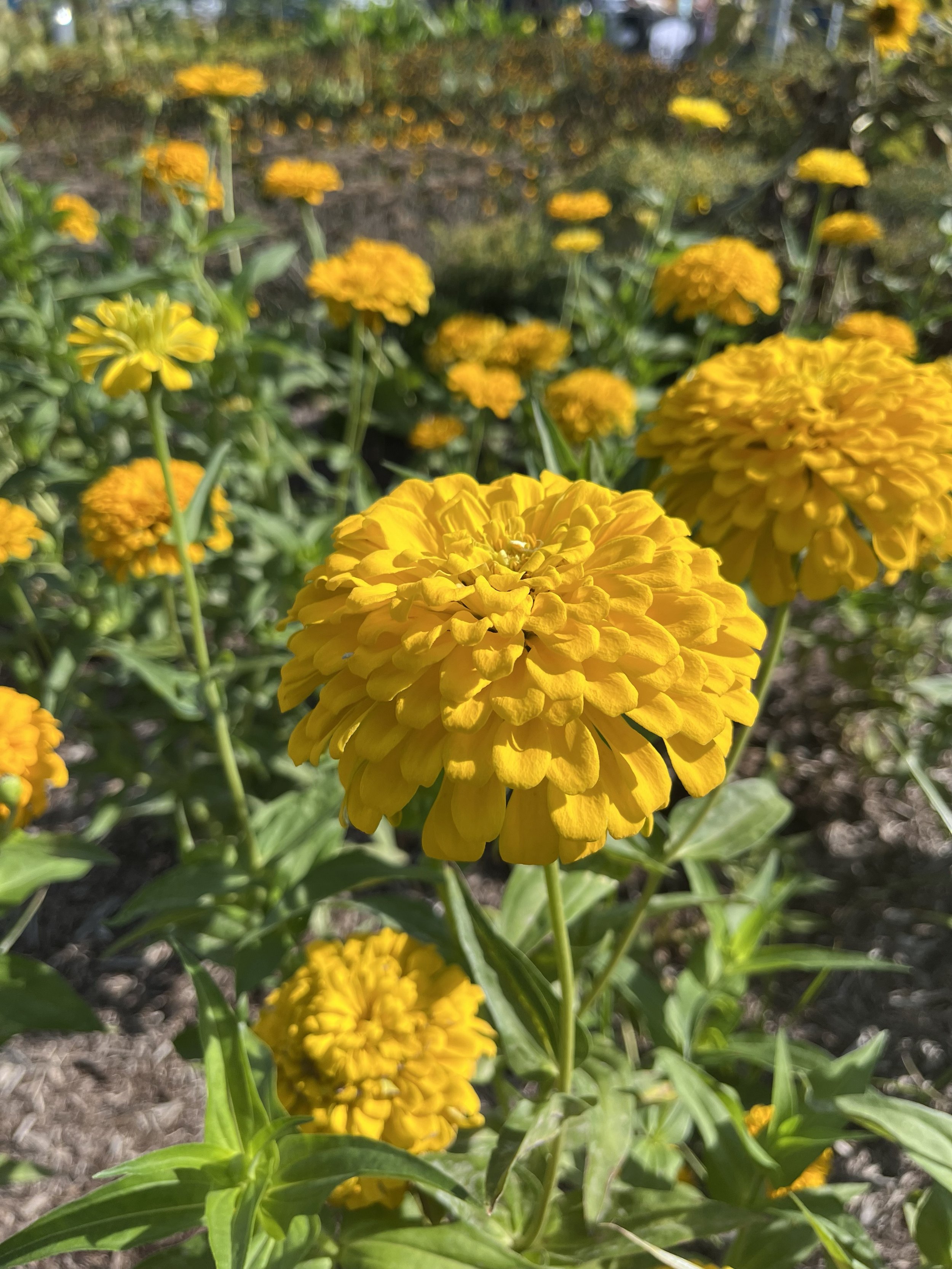
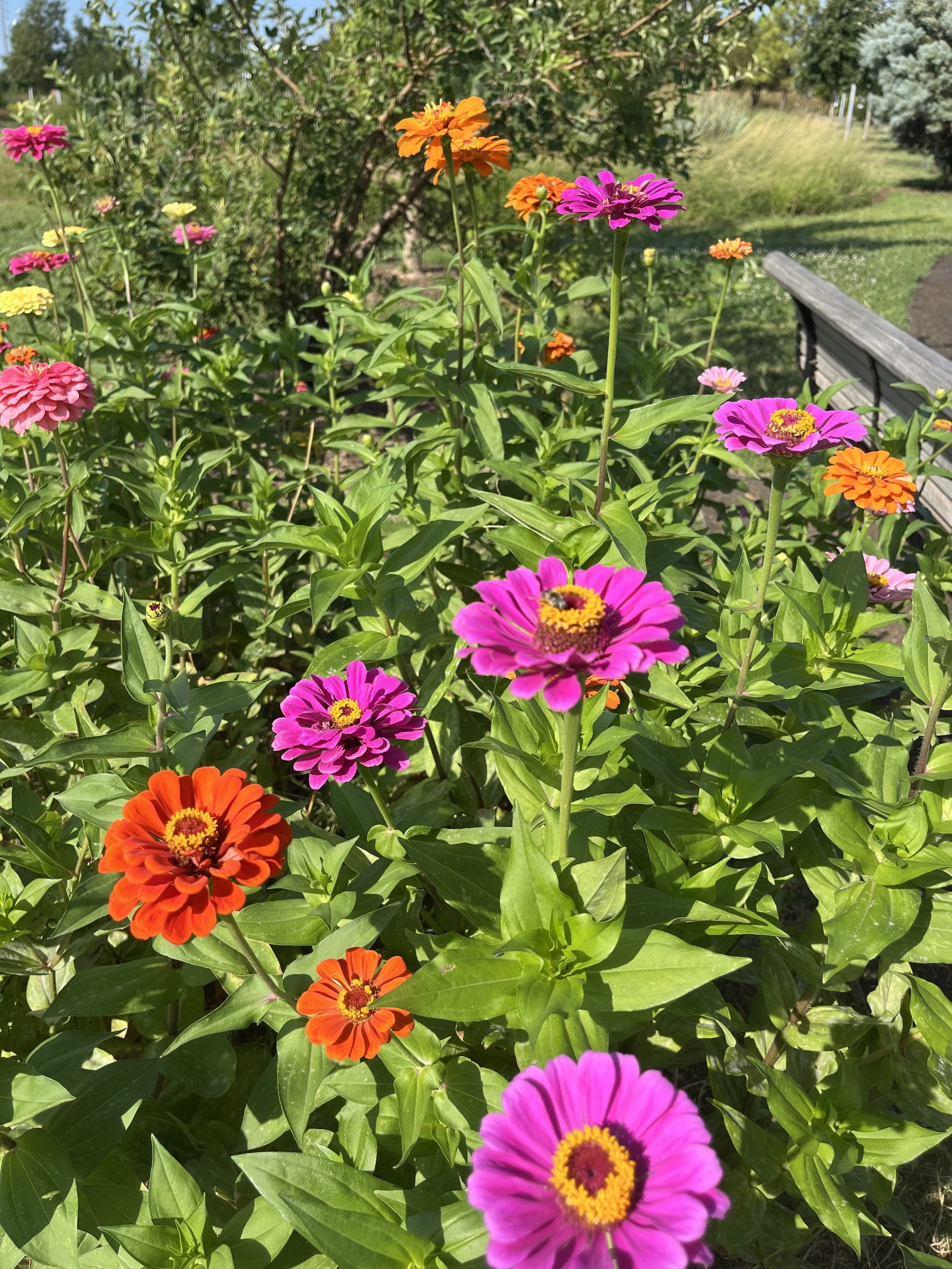
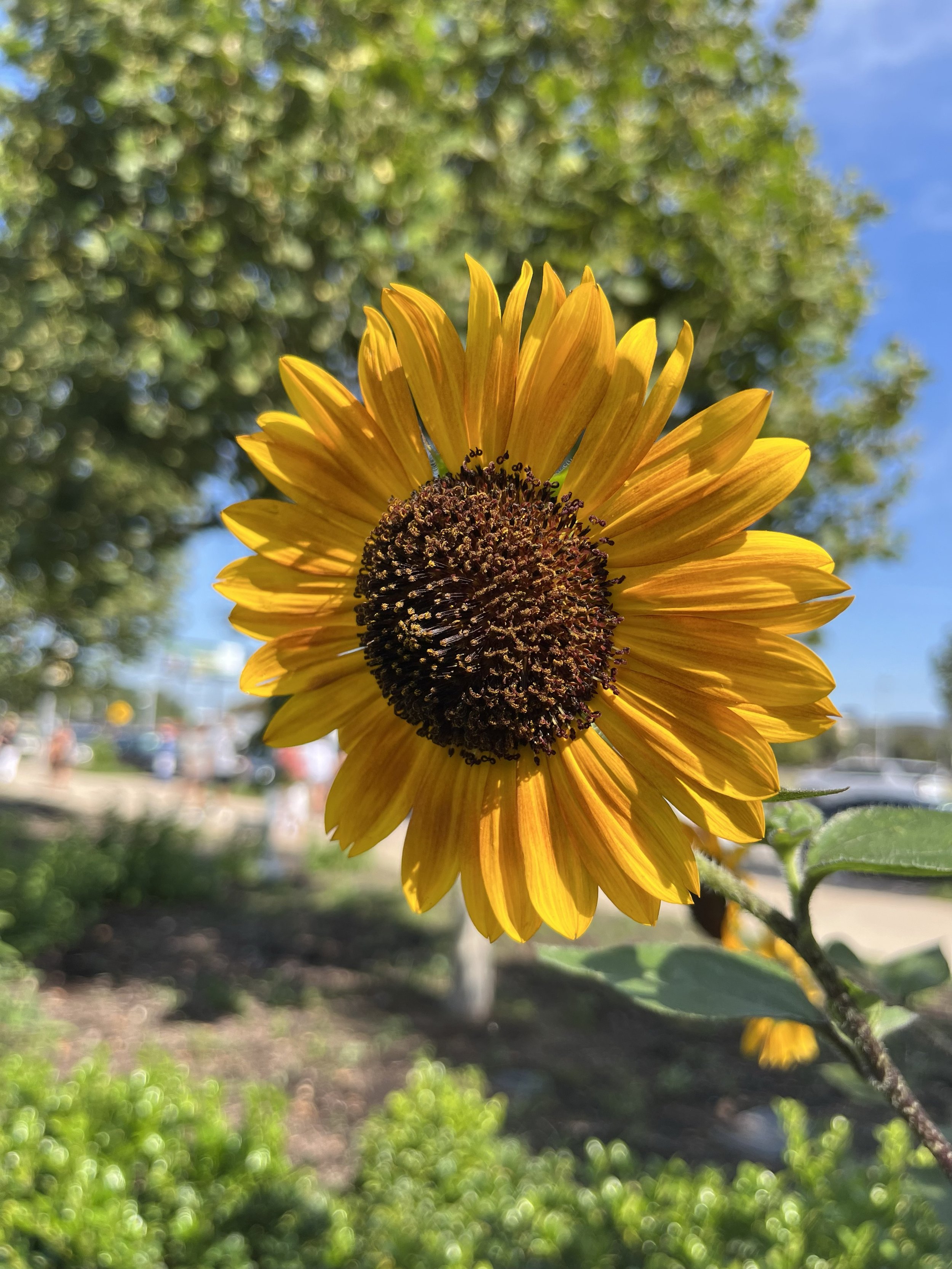
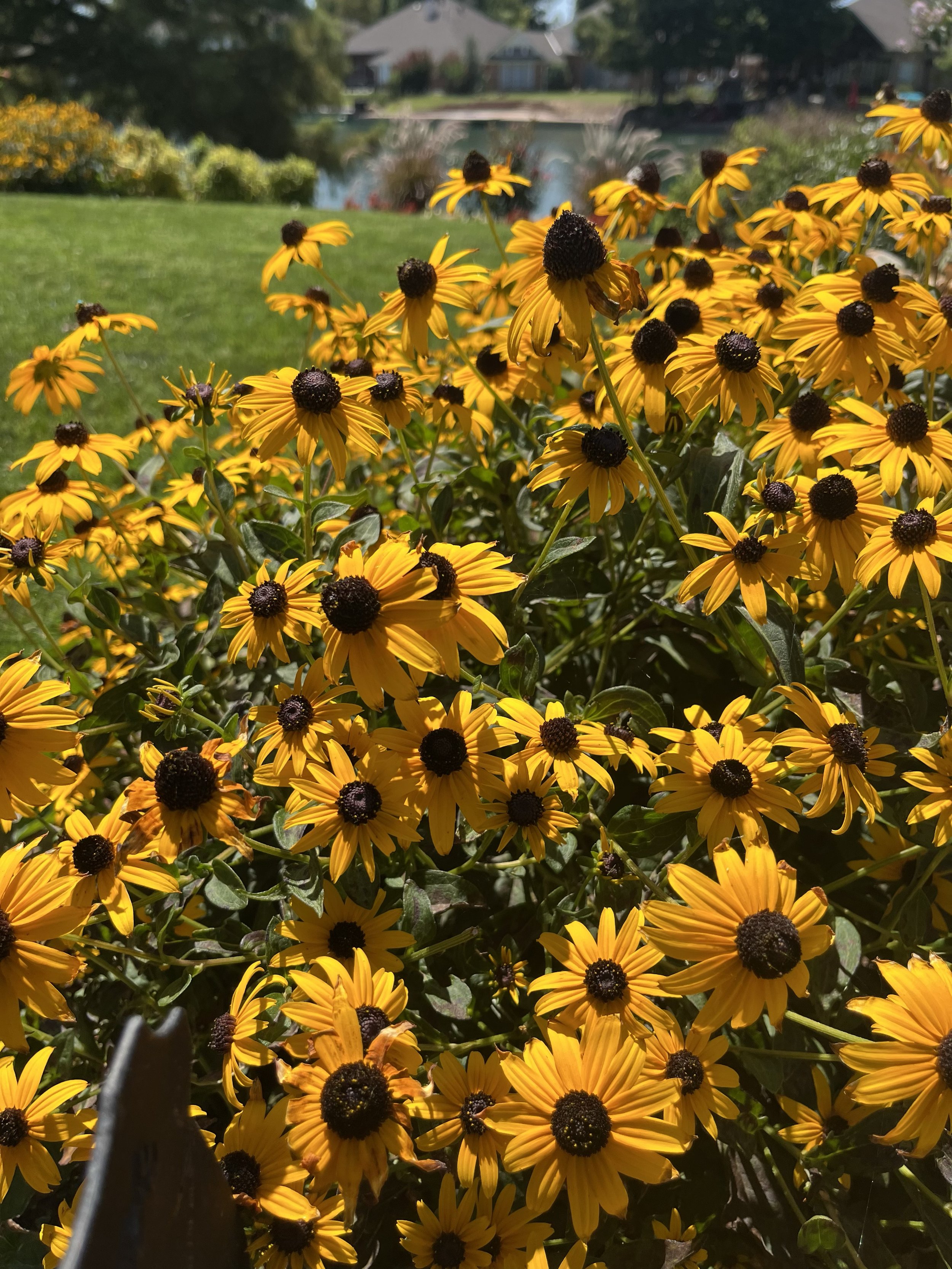

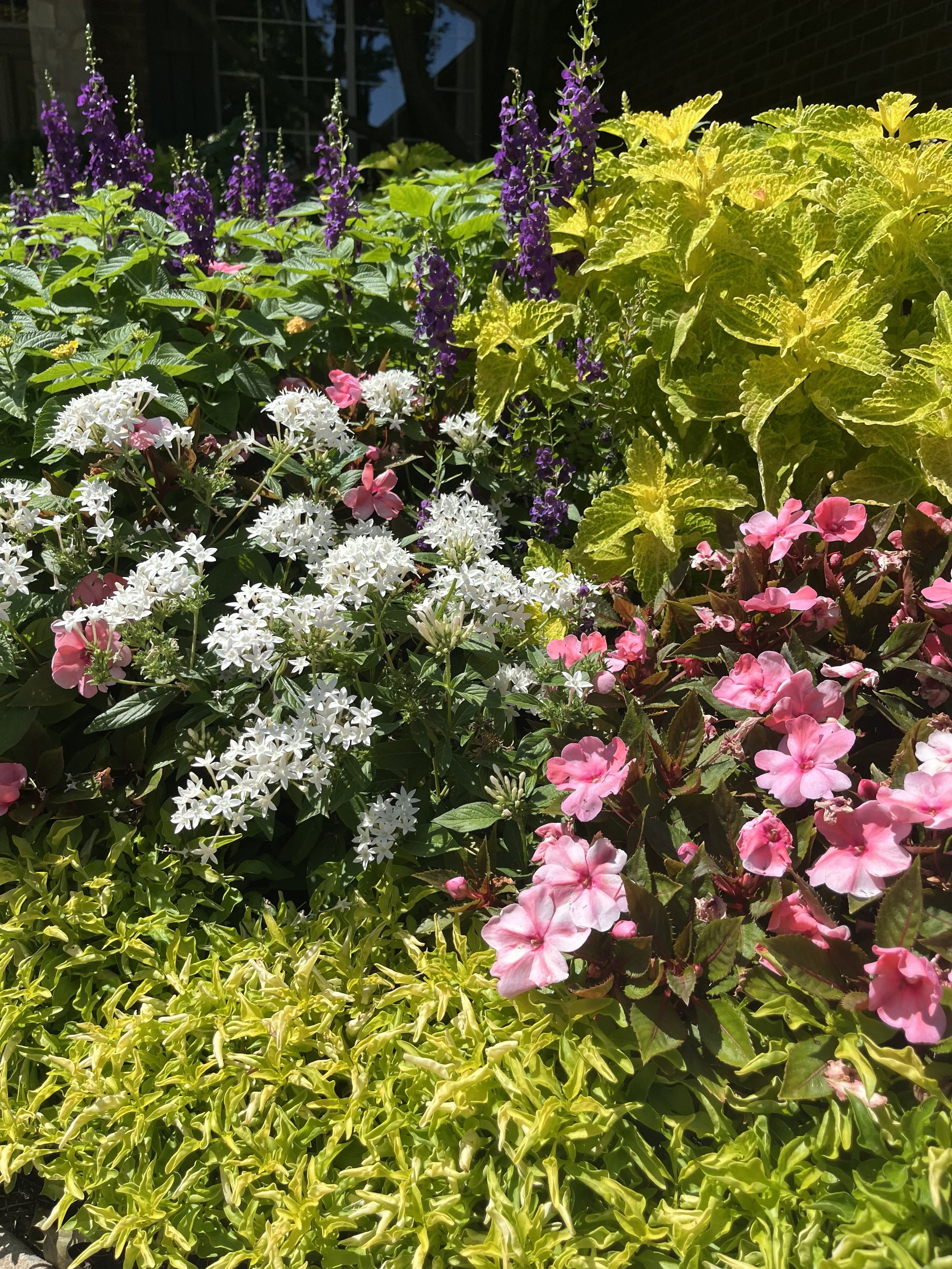

Having a great lawn and landscape through the heat of the summer is a result of good maintenance practices year after year.
A great lawn and landscape are not the result of one season, or even a full year of focus.
A great environment is the result of discovering and developing great practices and then repeating them season after season, year after year.
If you need assistance in developing great practices or have questions concerning your lawn and landscape, give us a call.
Lorne Hall
Hall | Stewart Lawn + Landscape
(405) 367-3873












